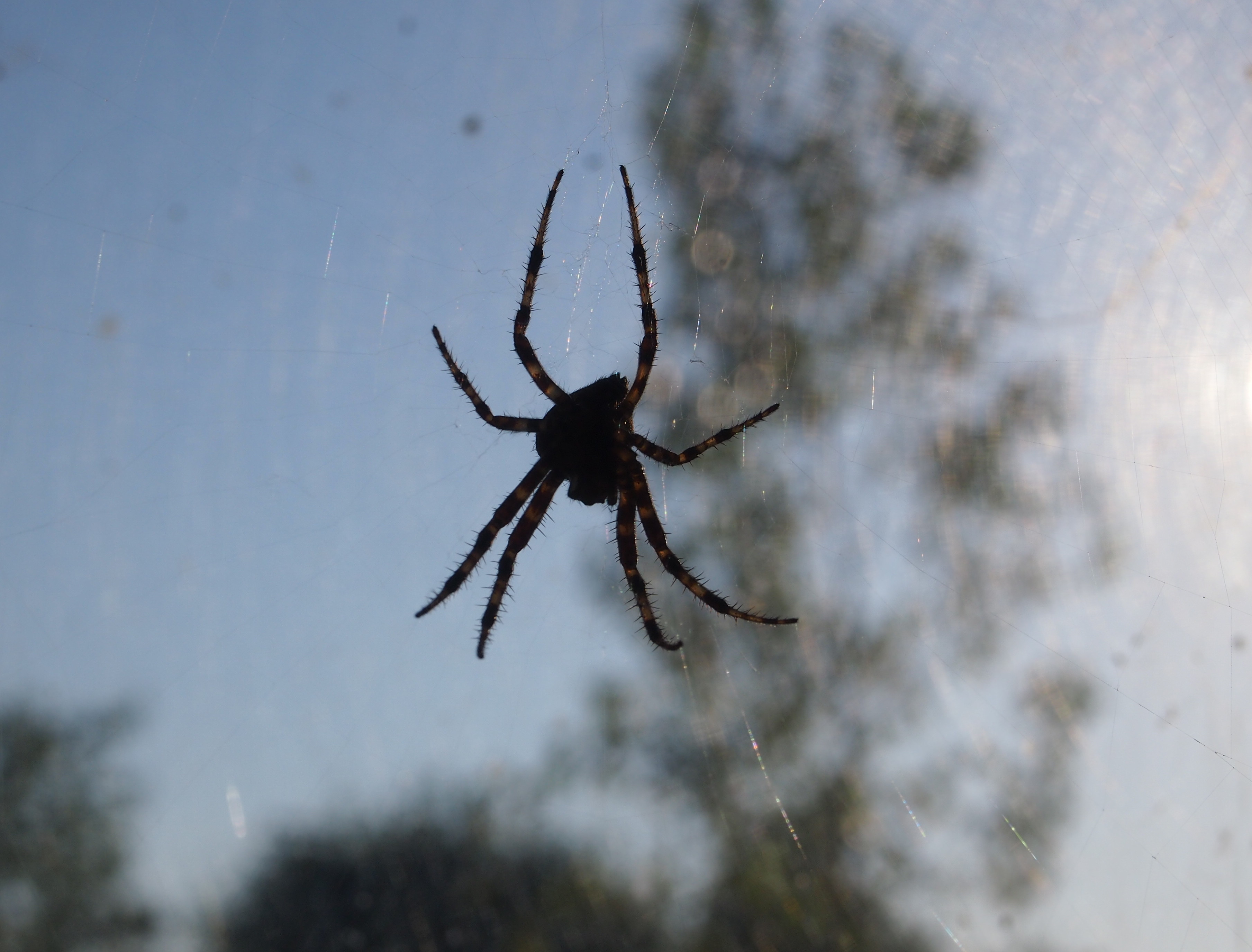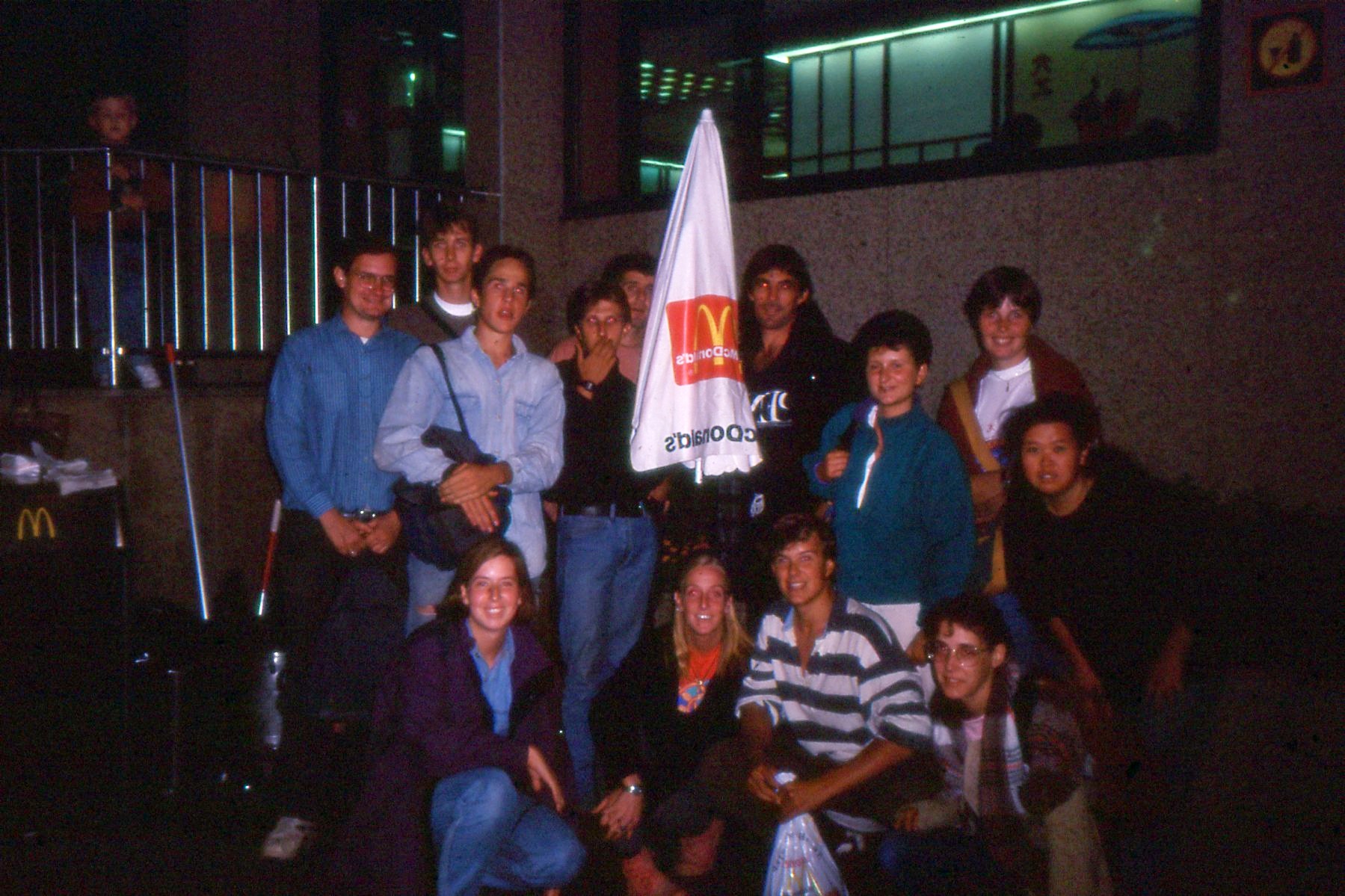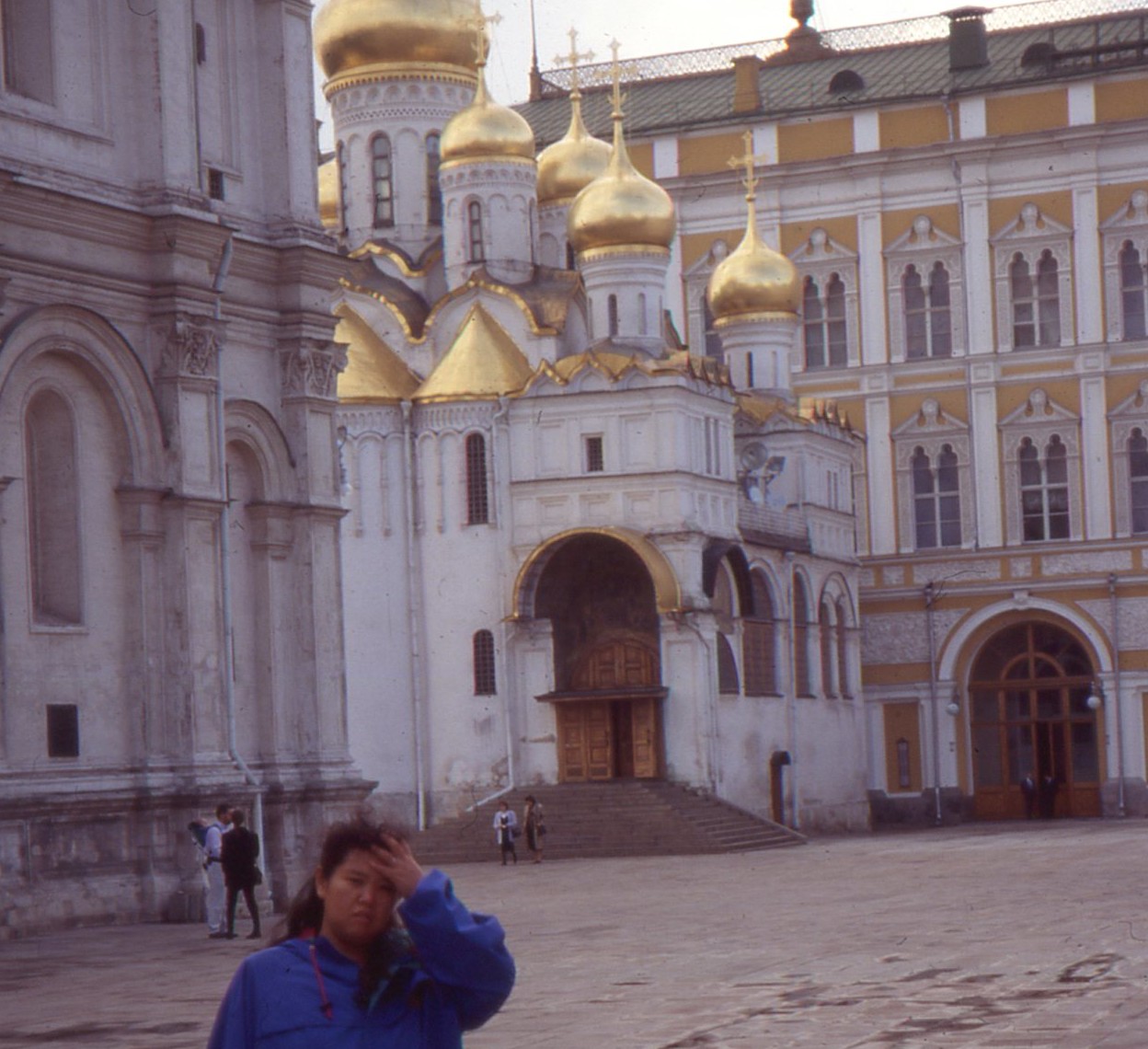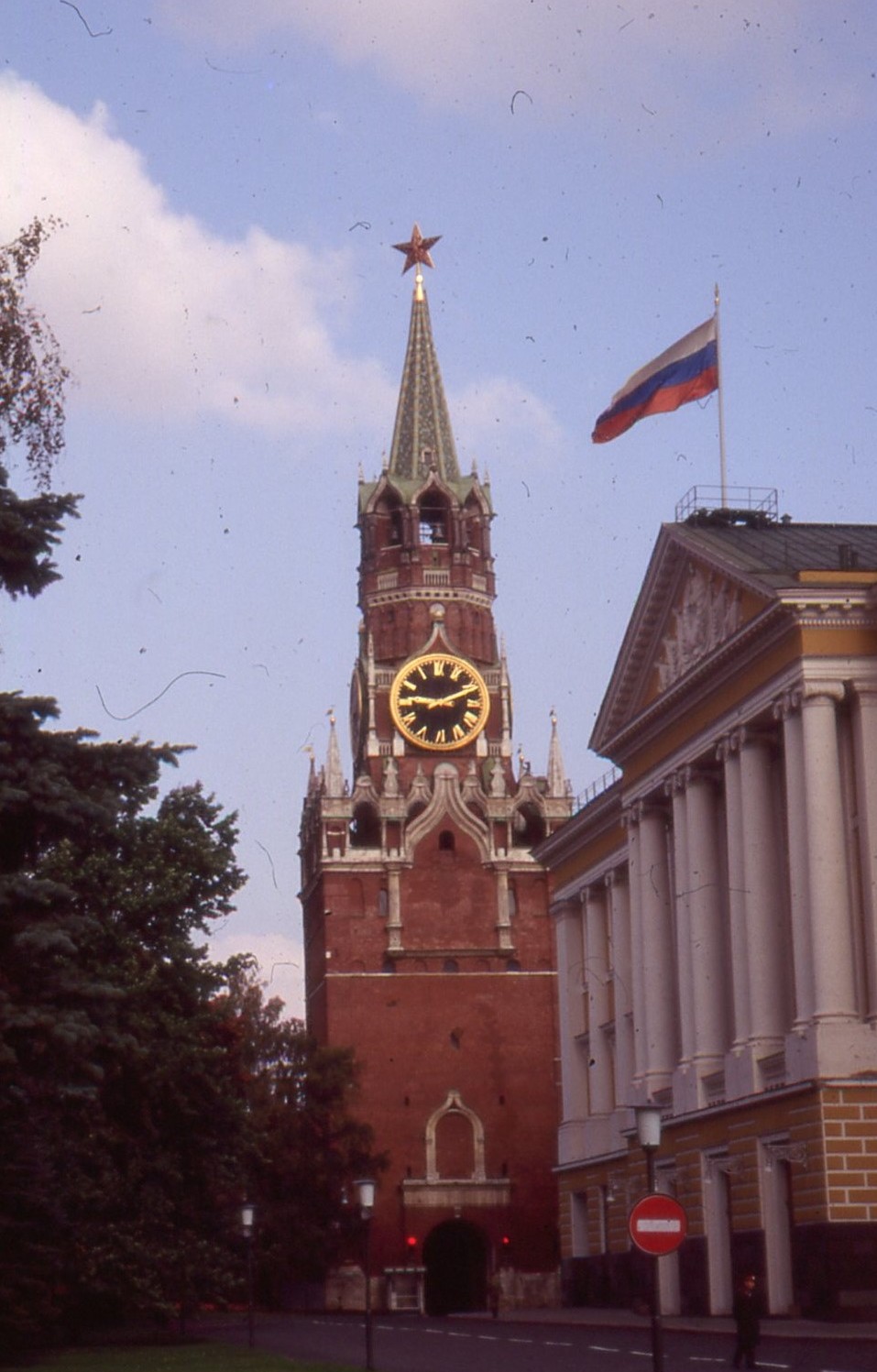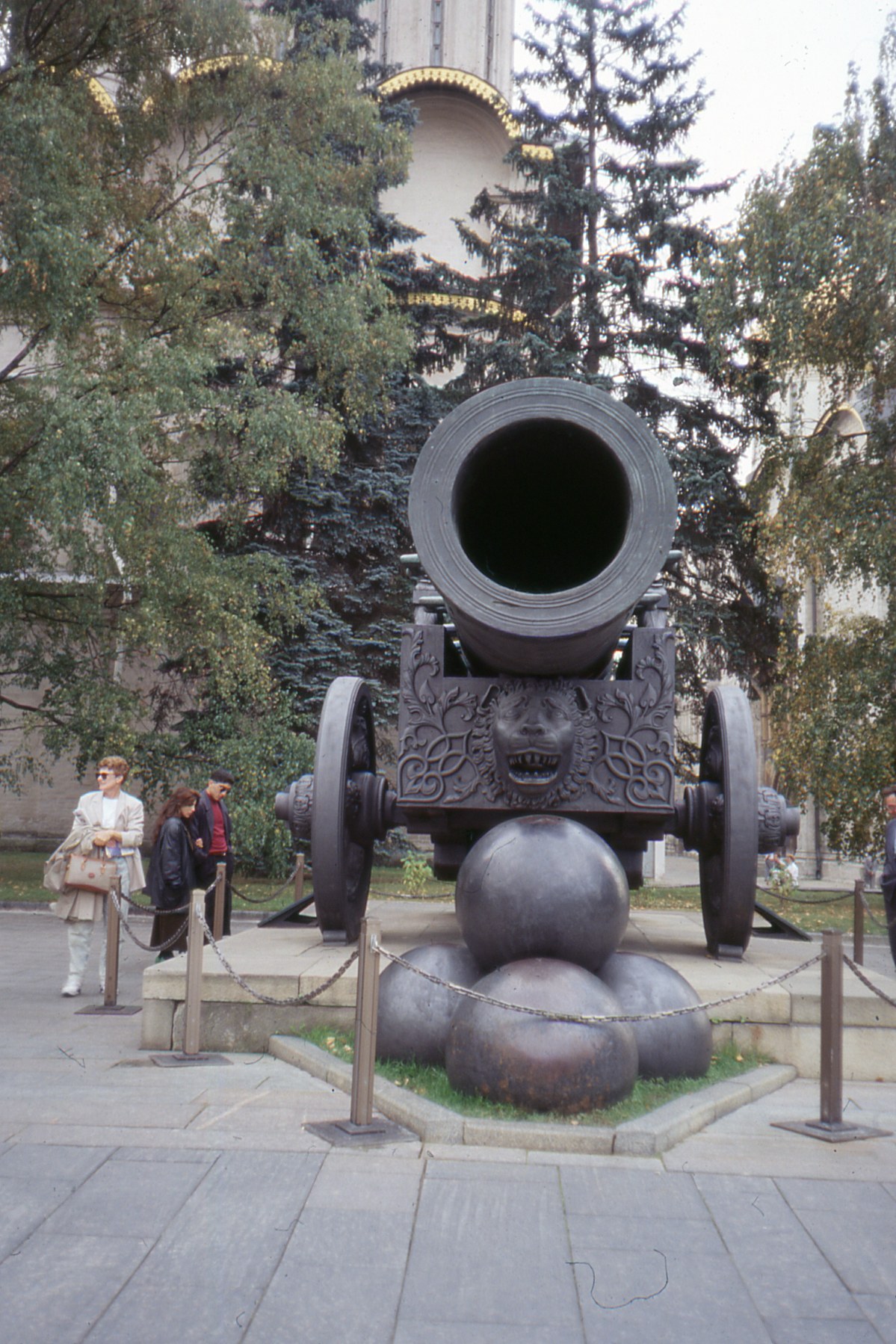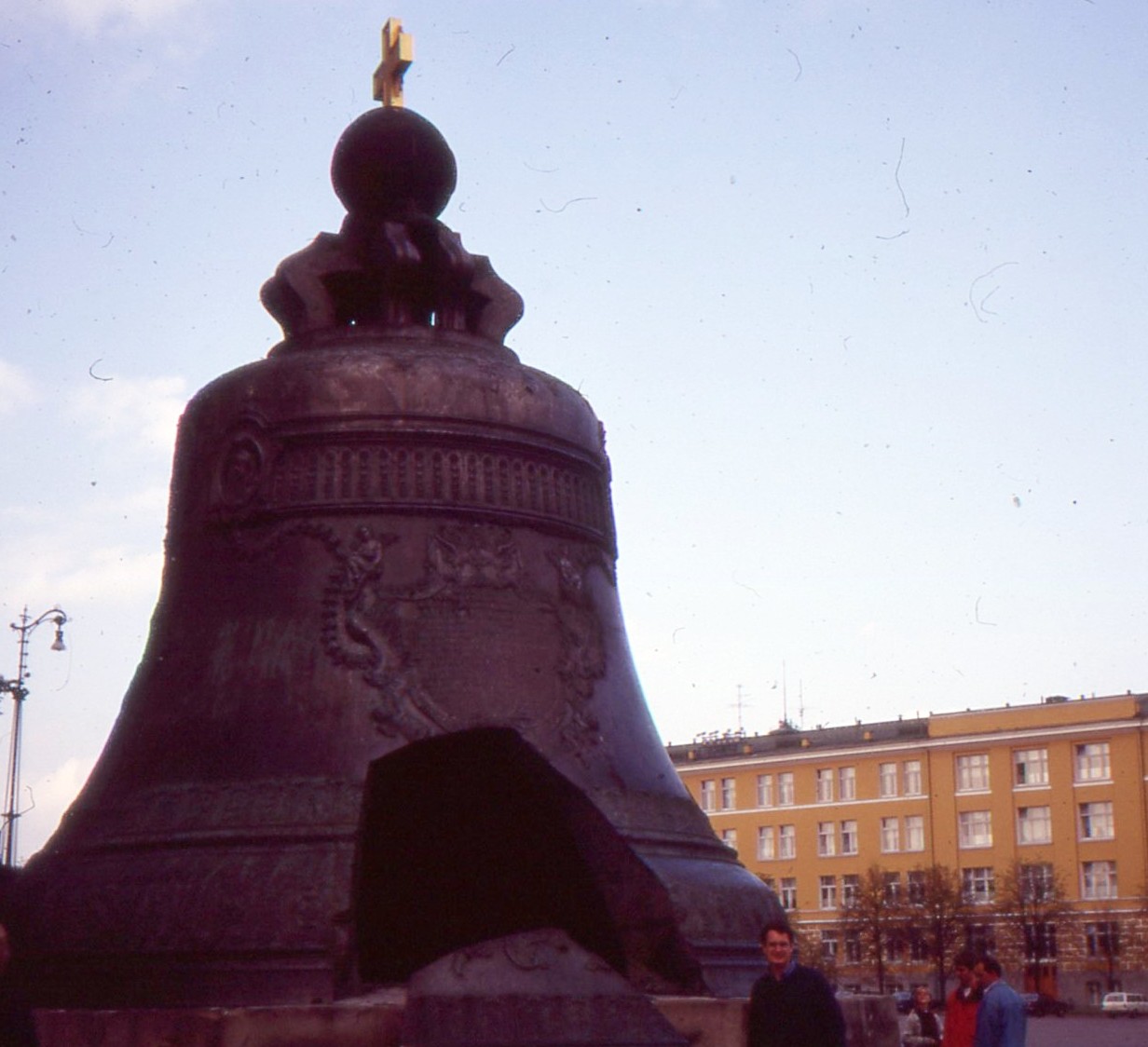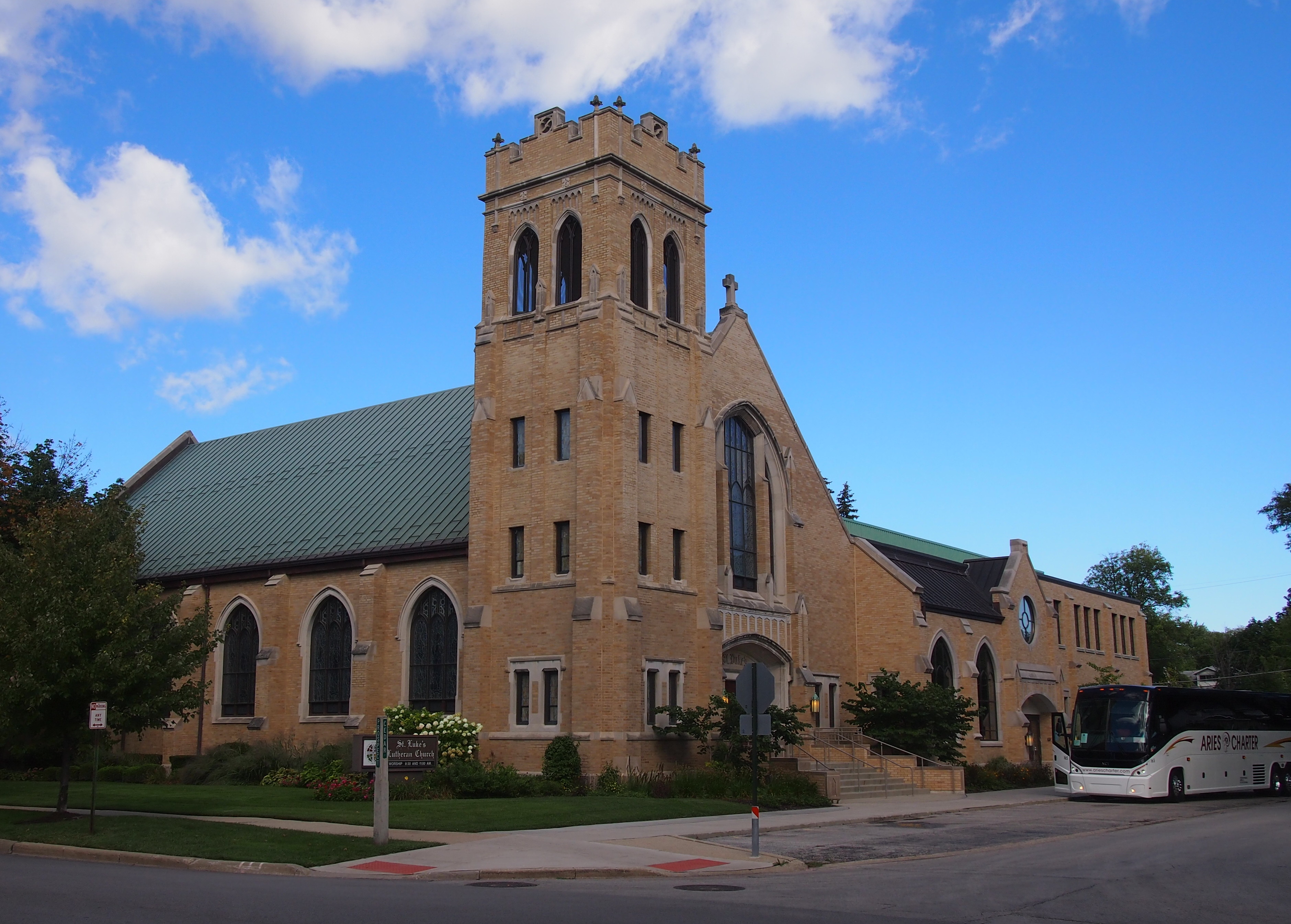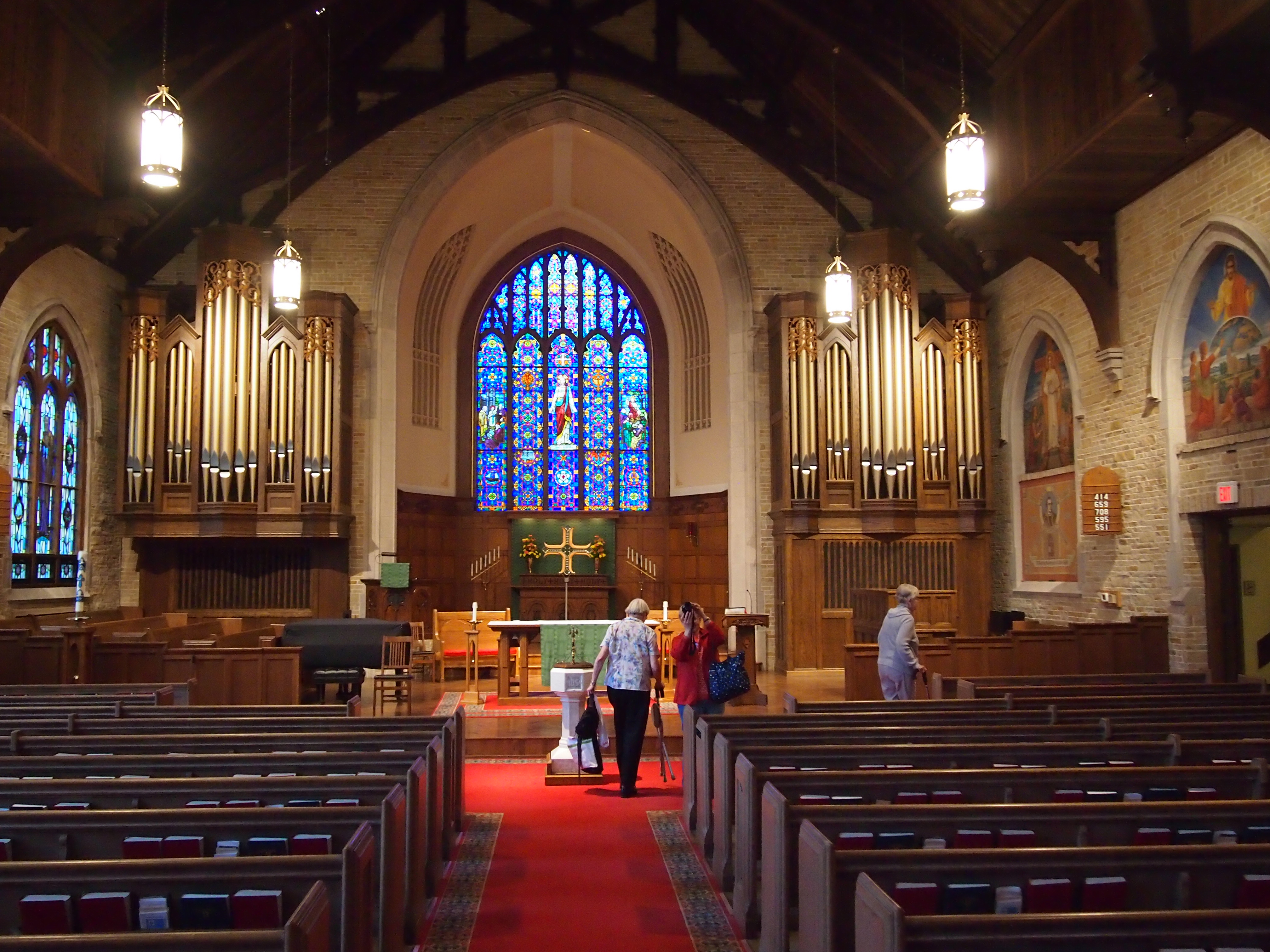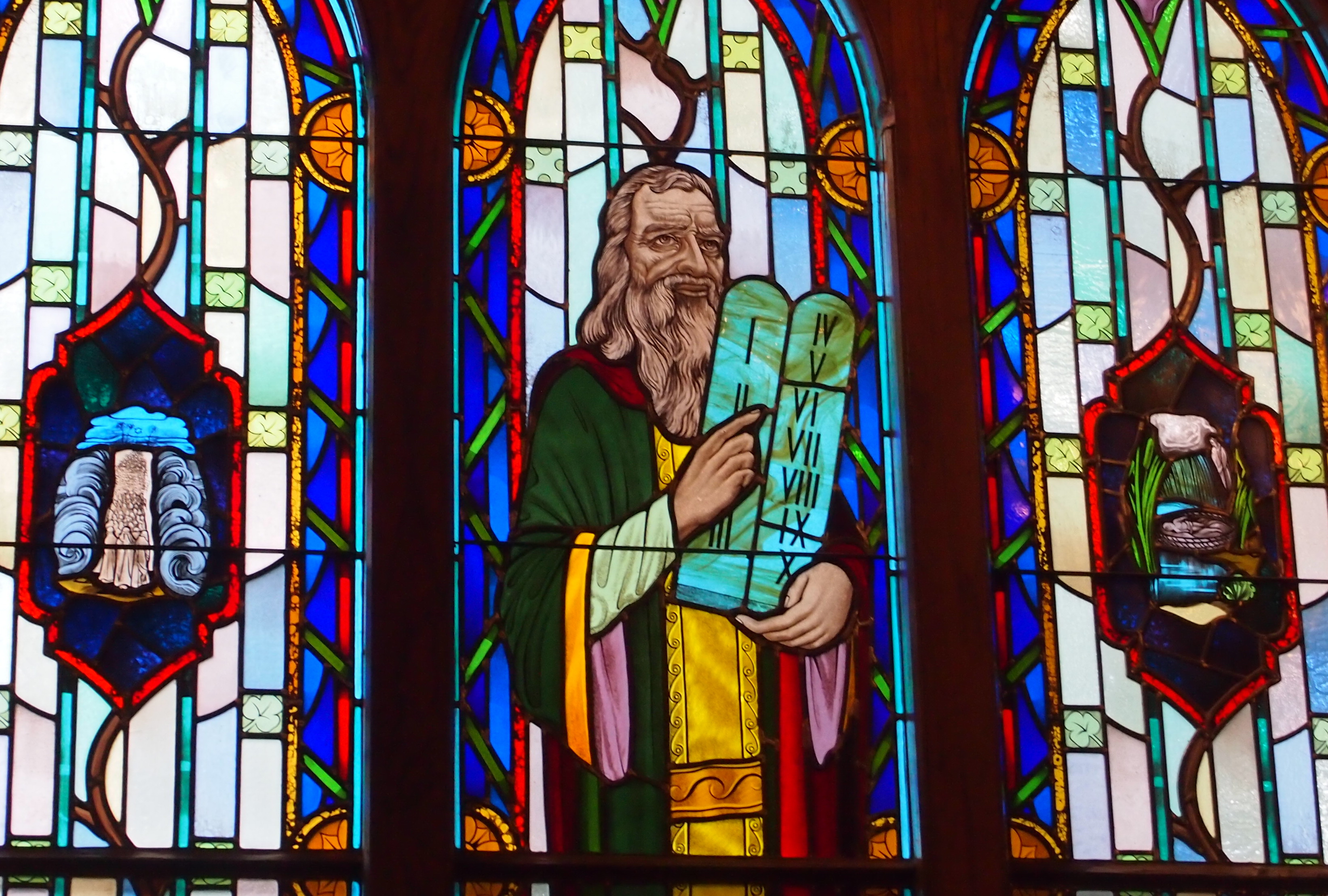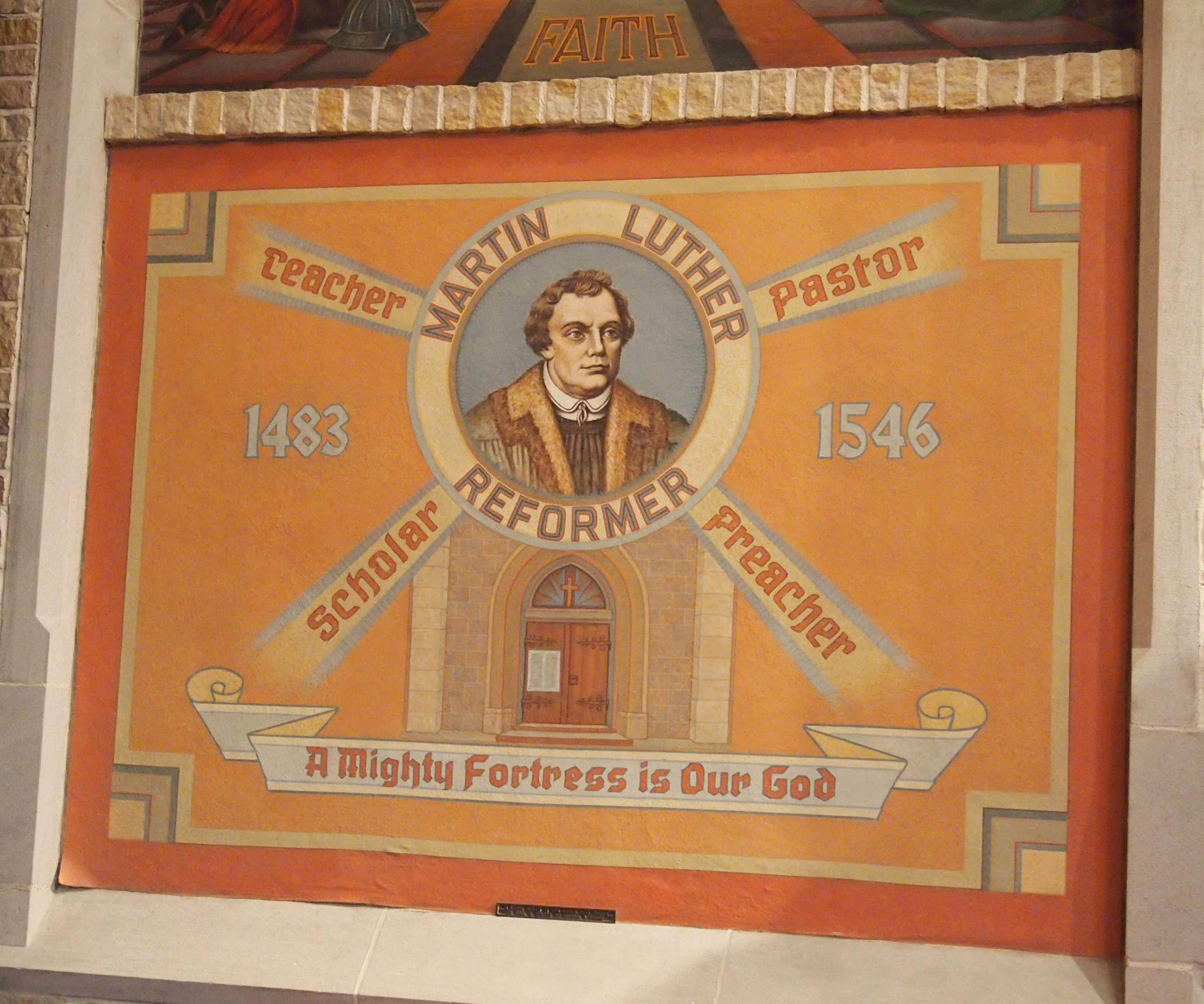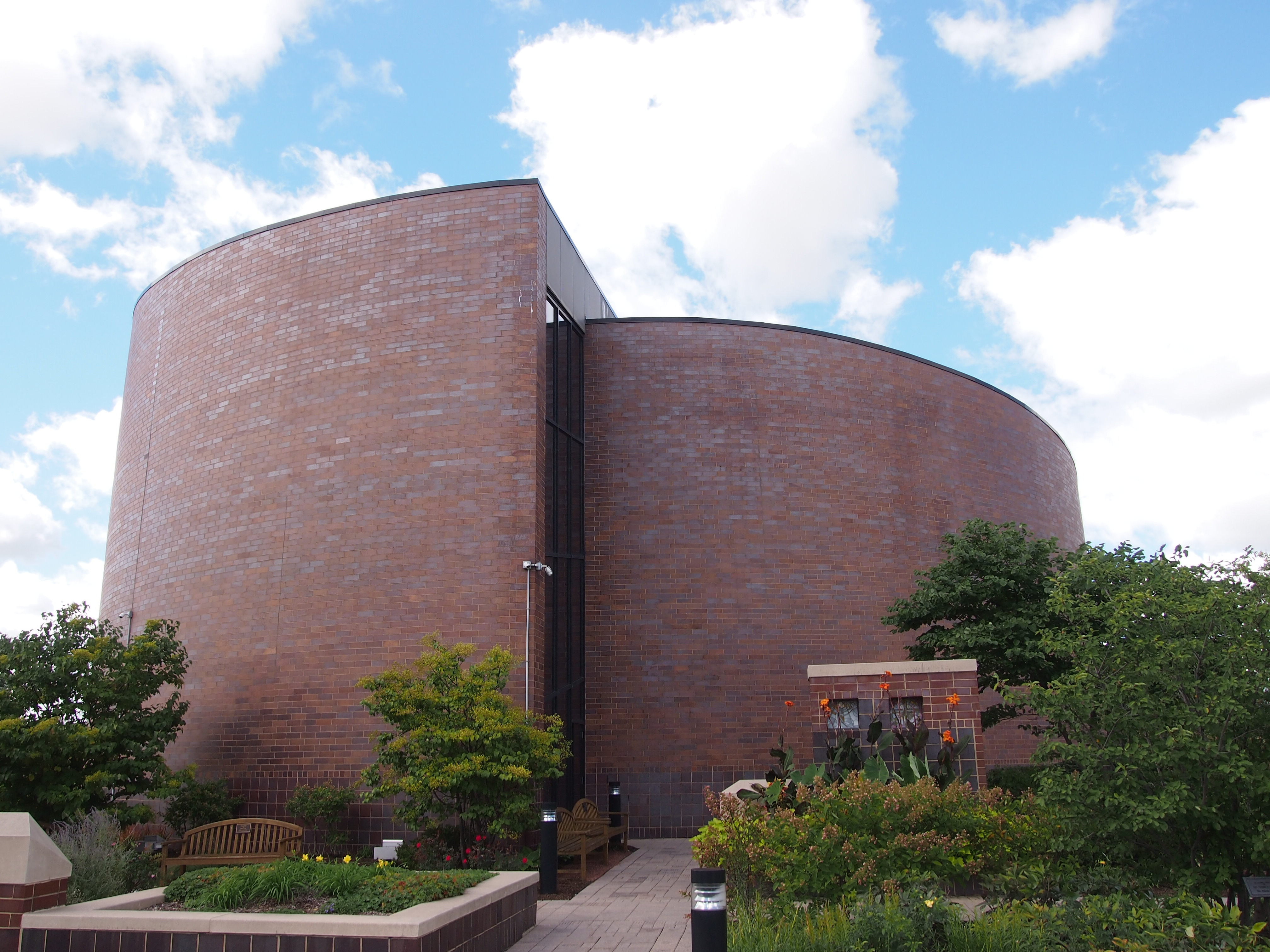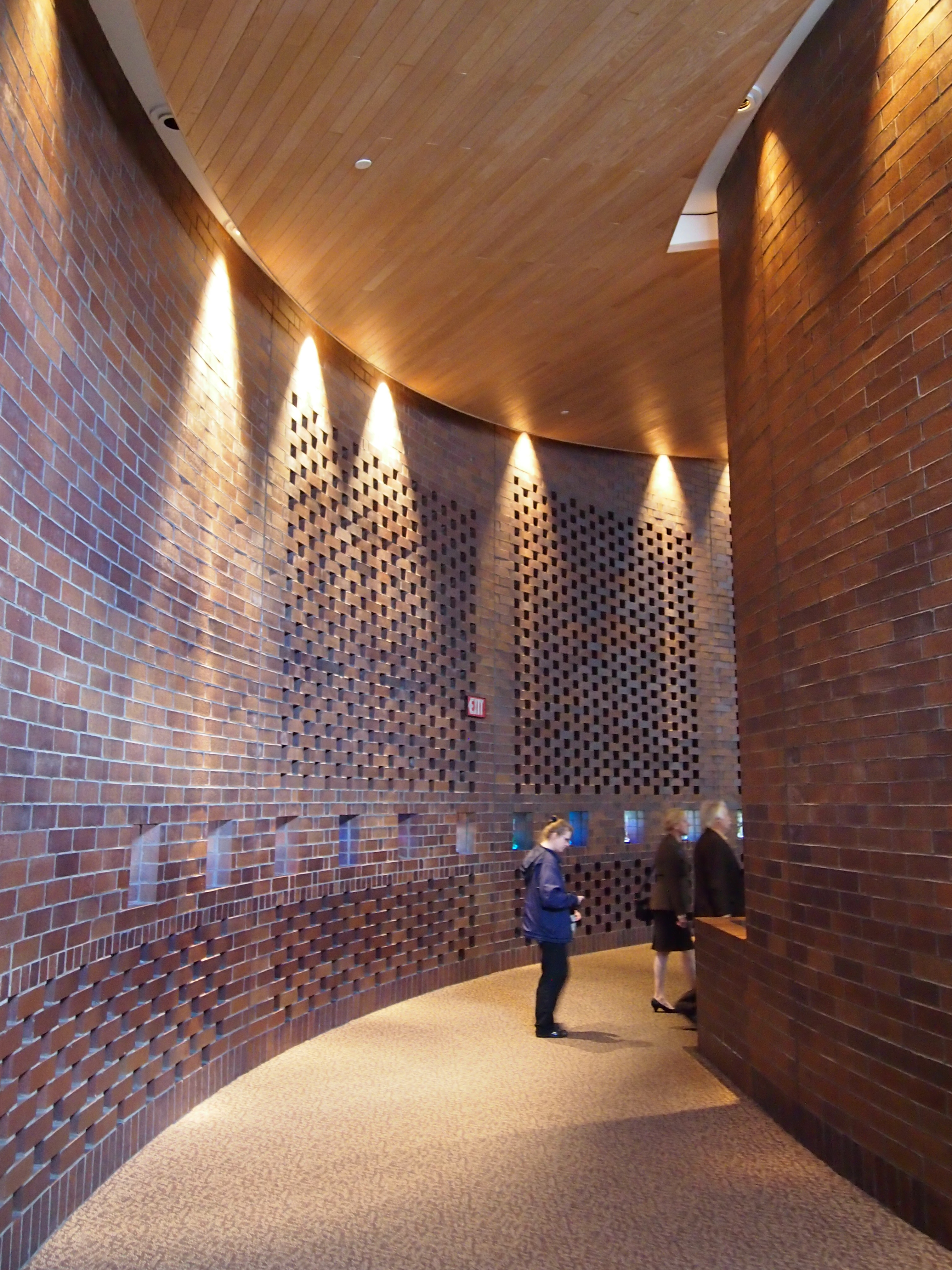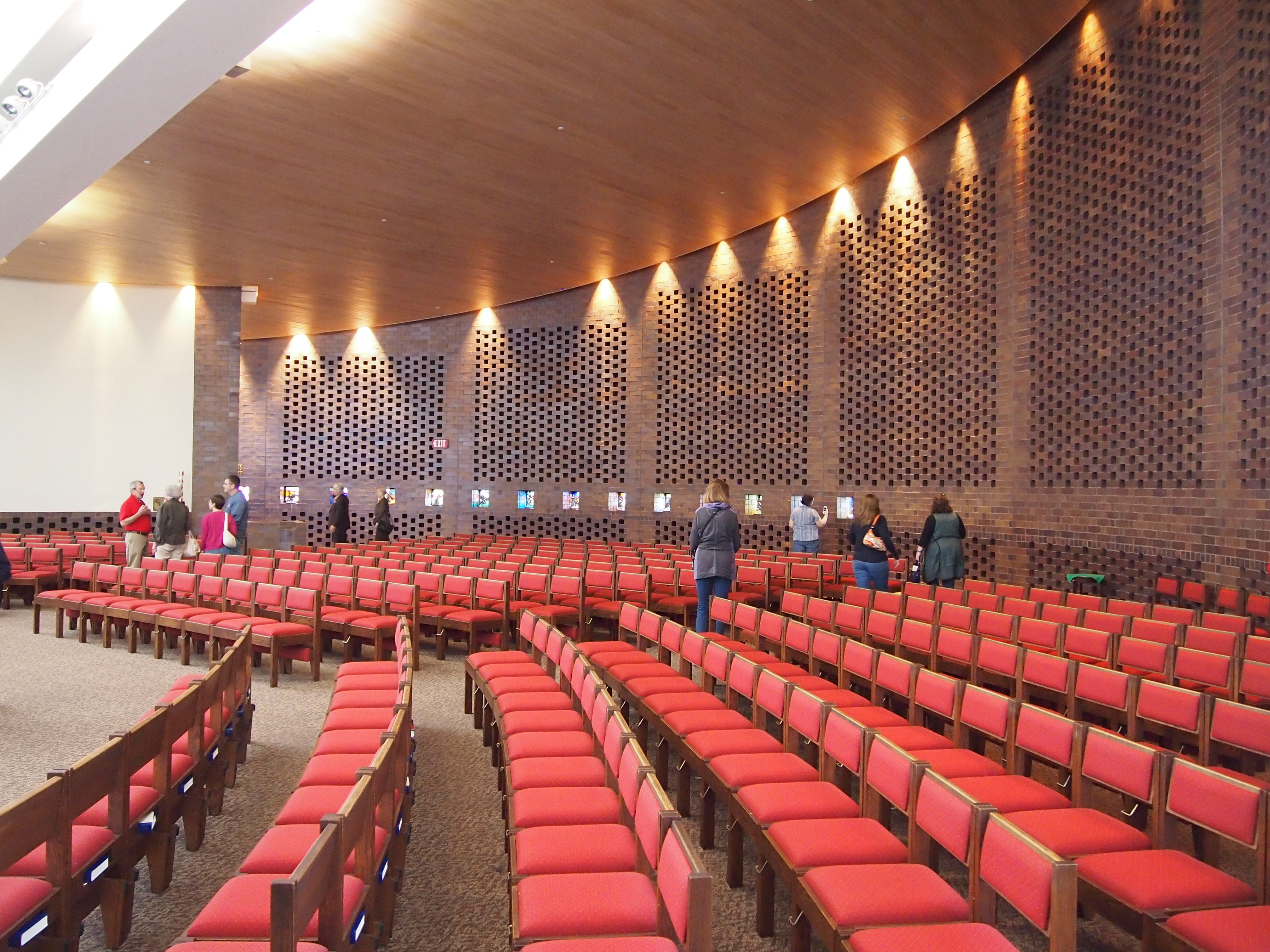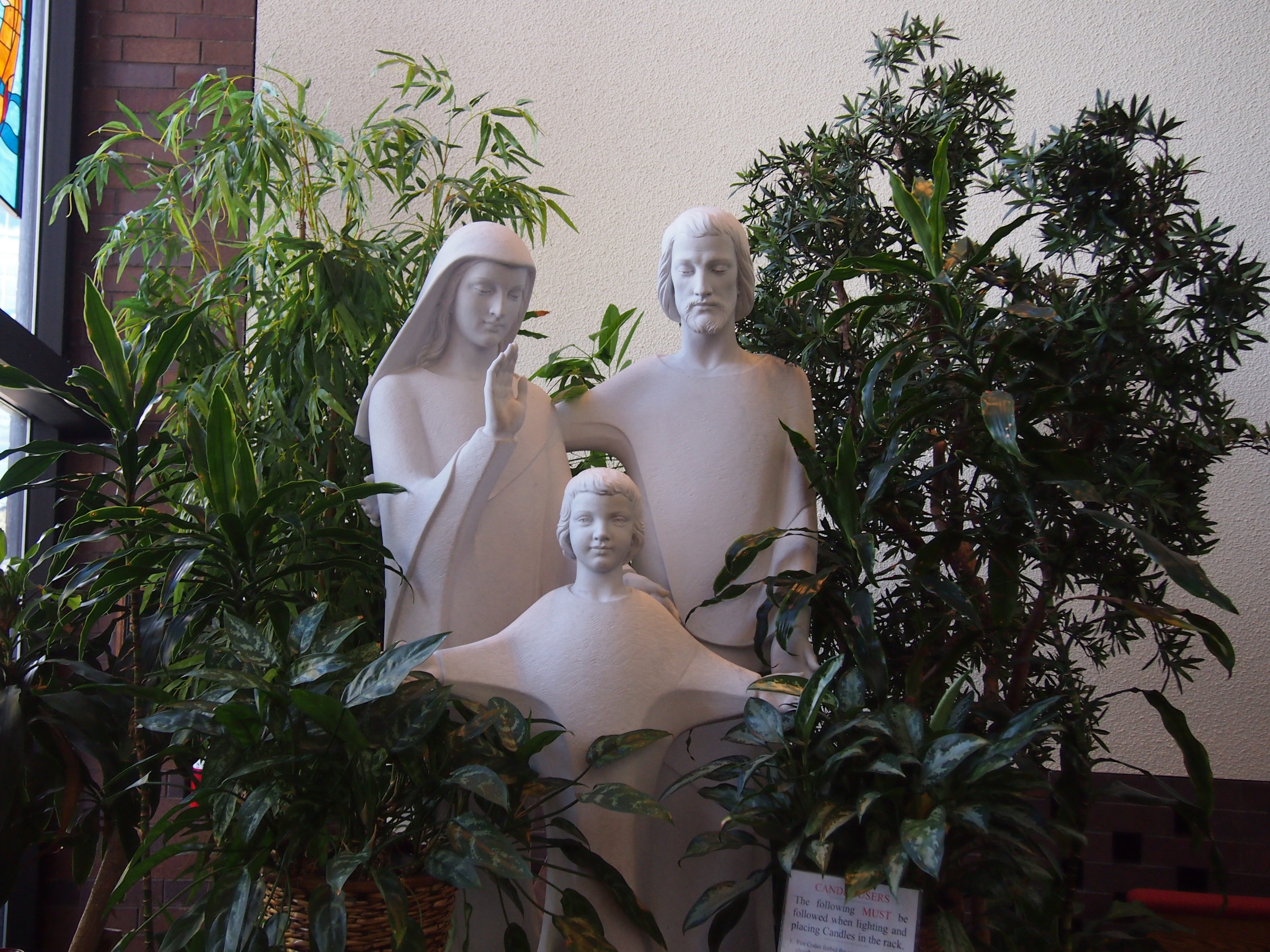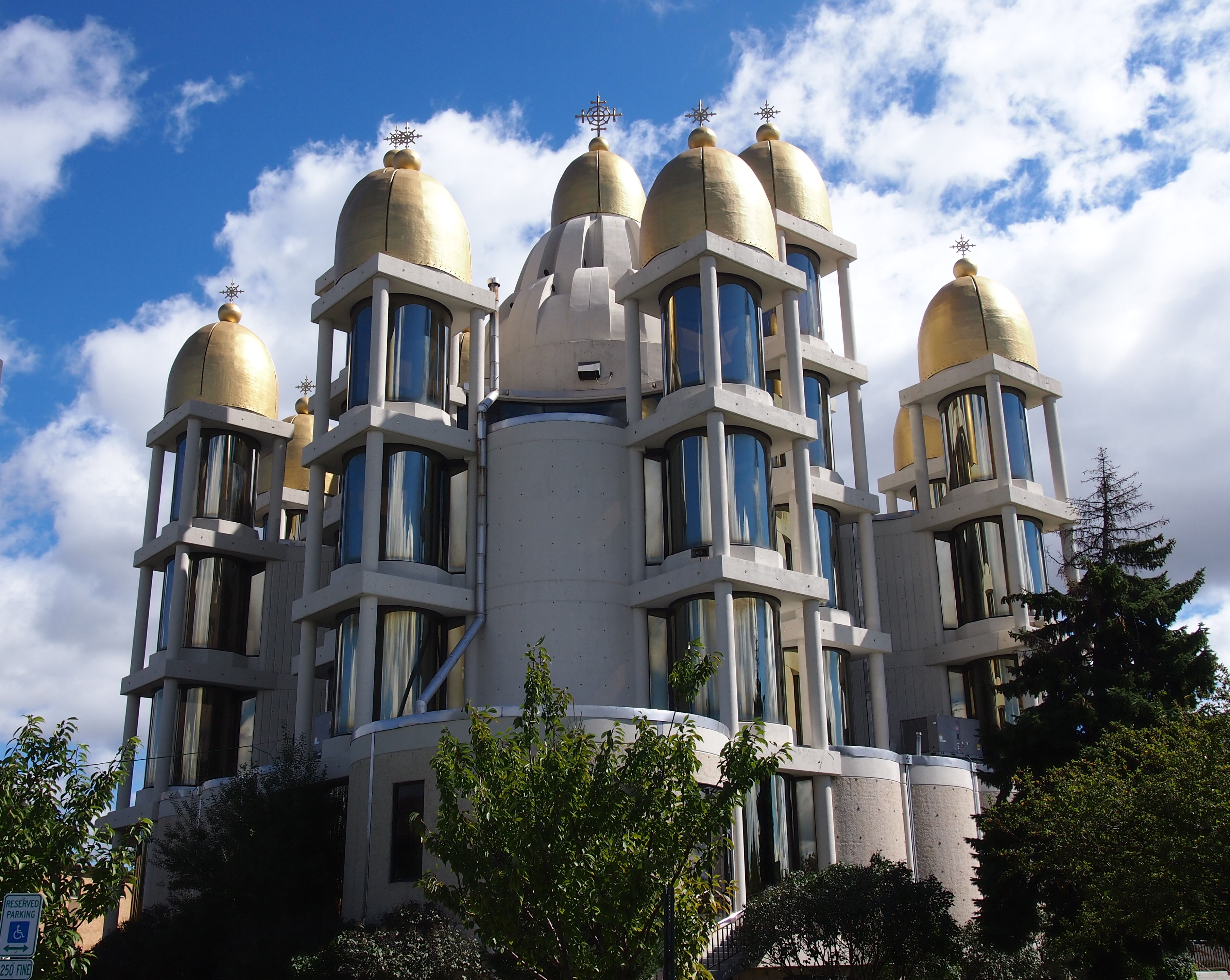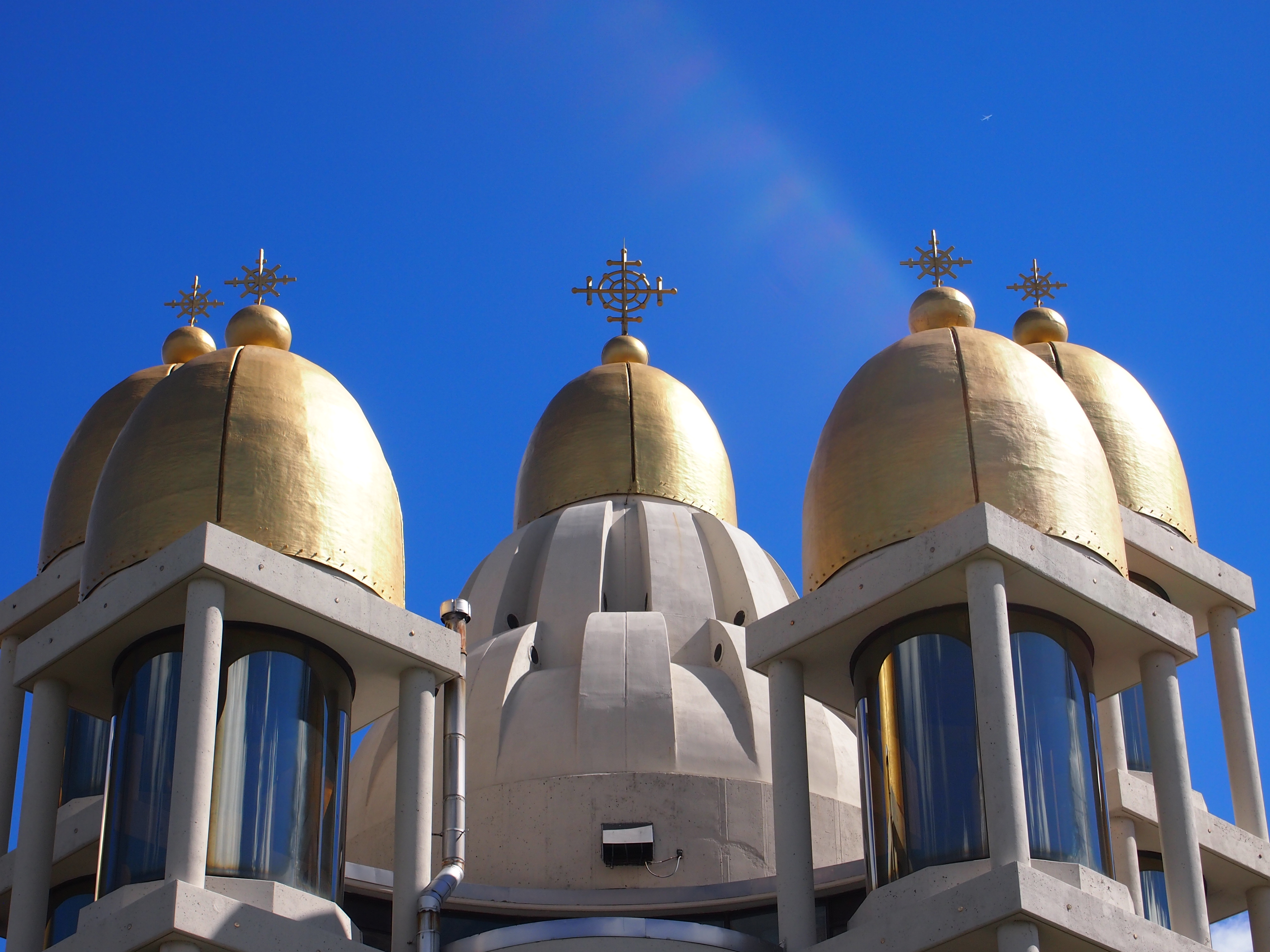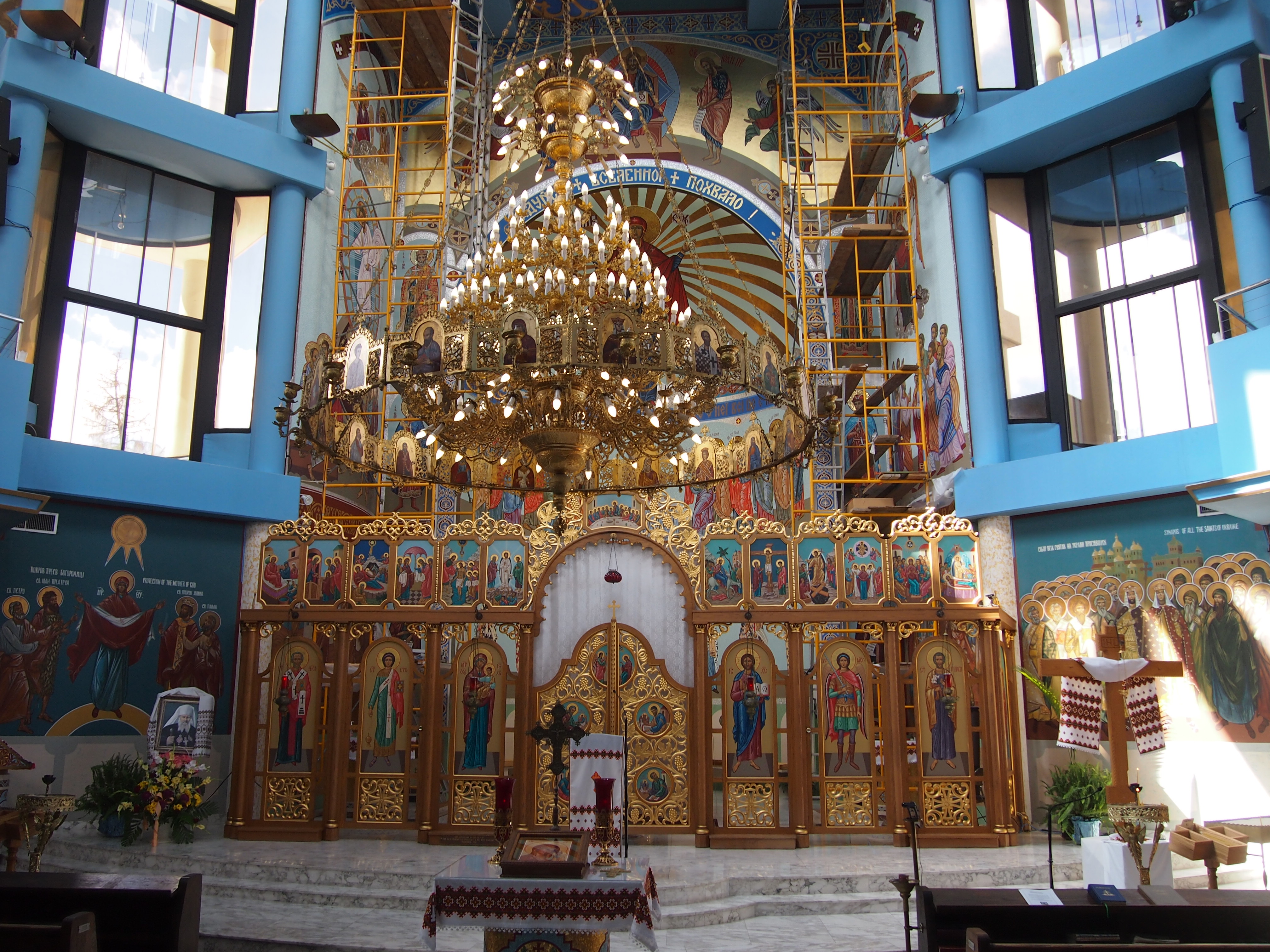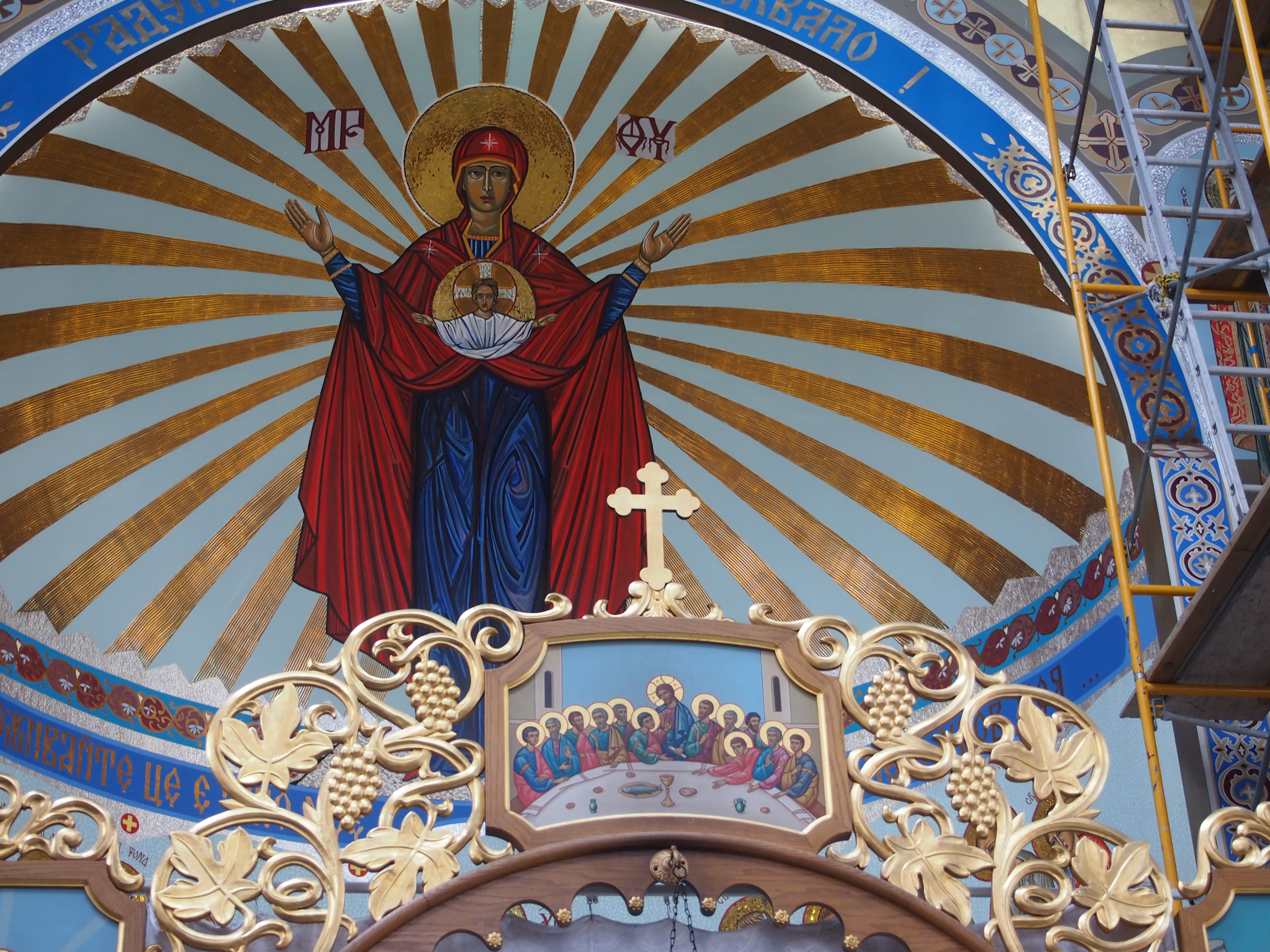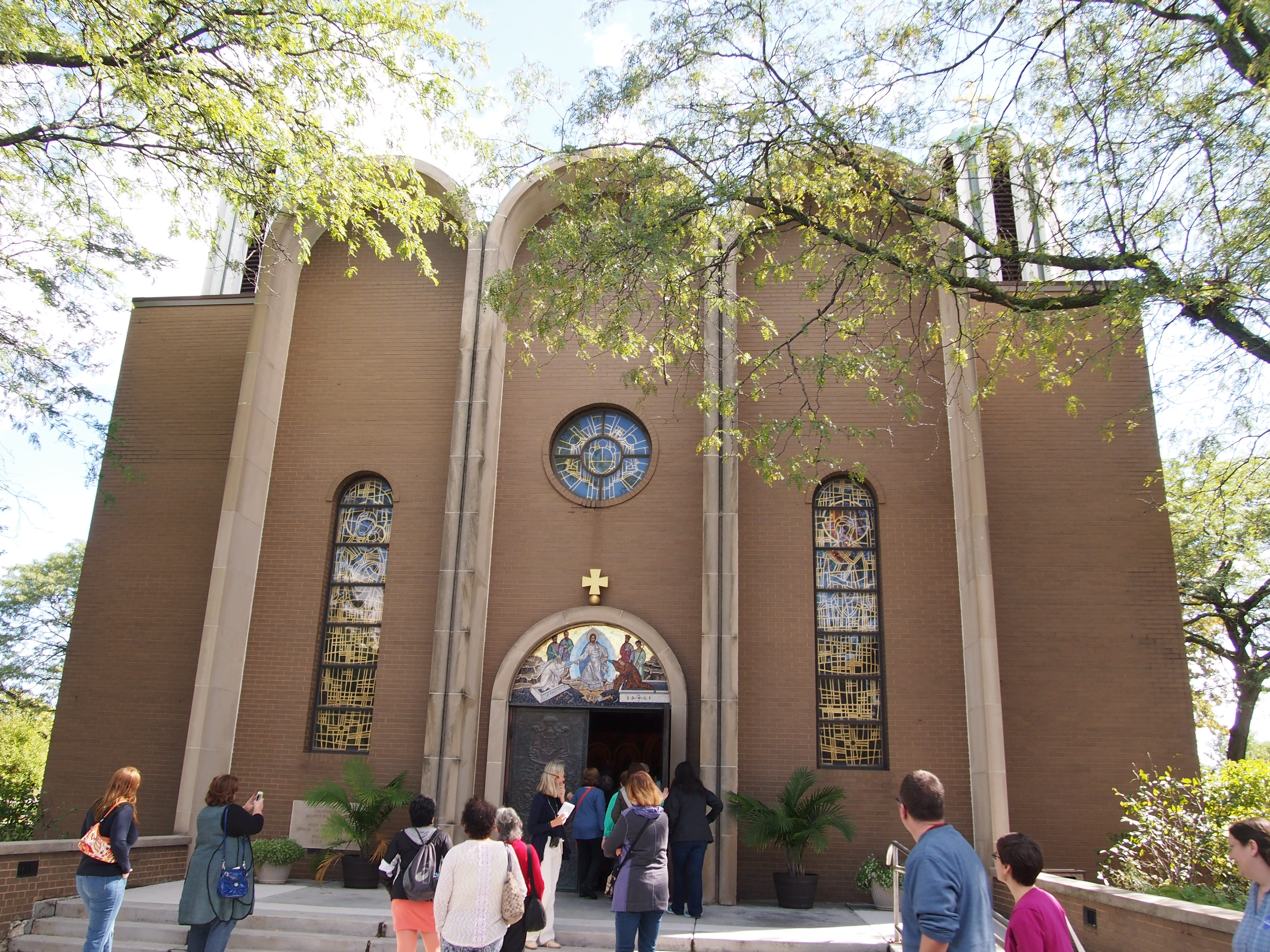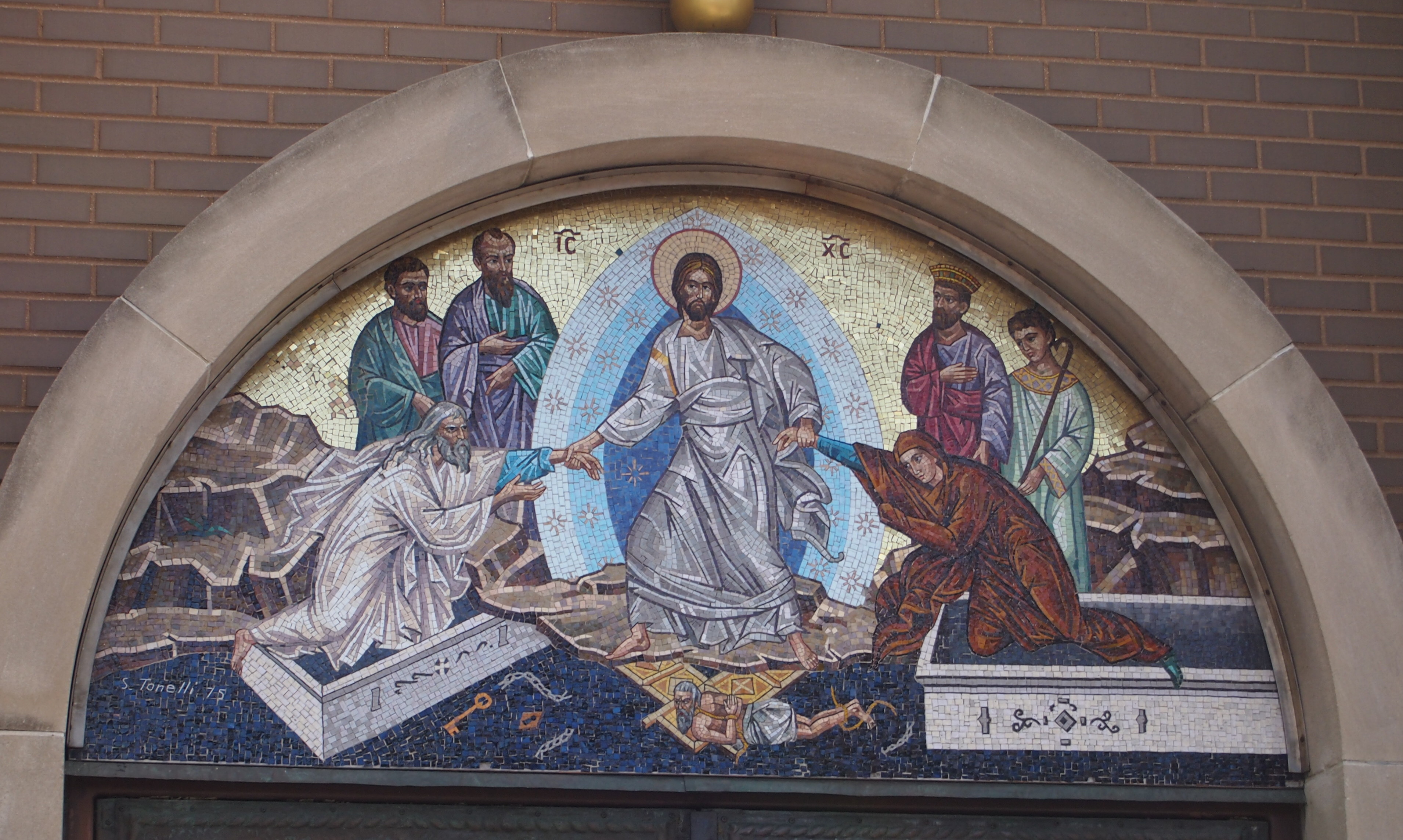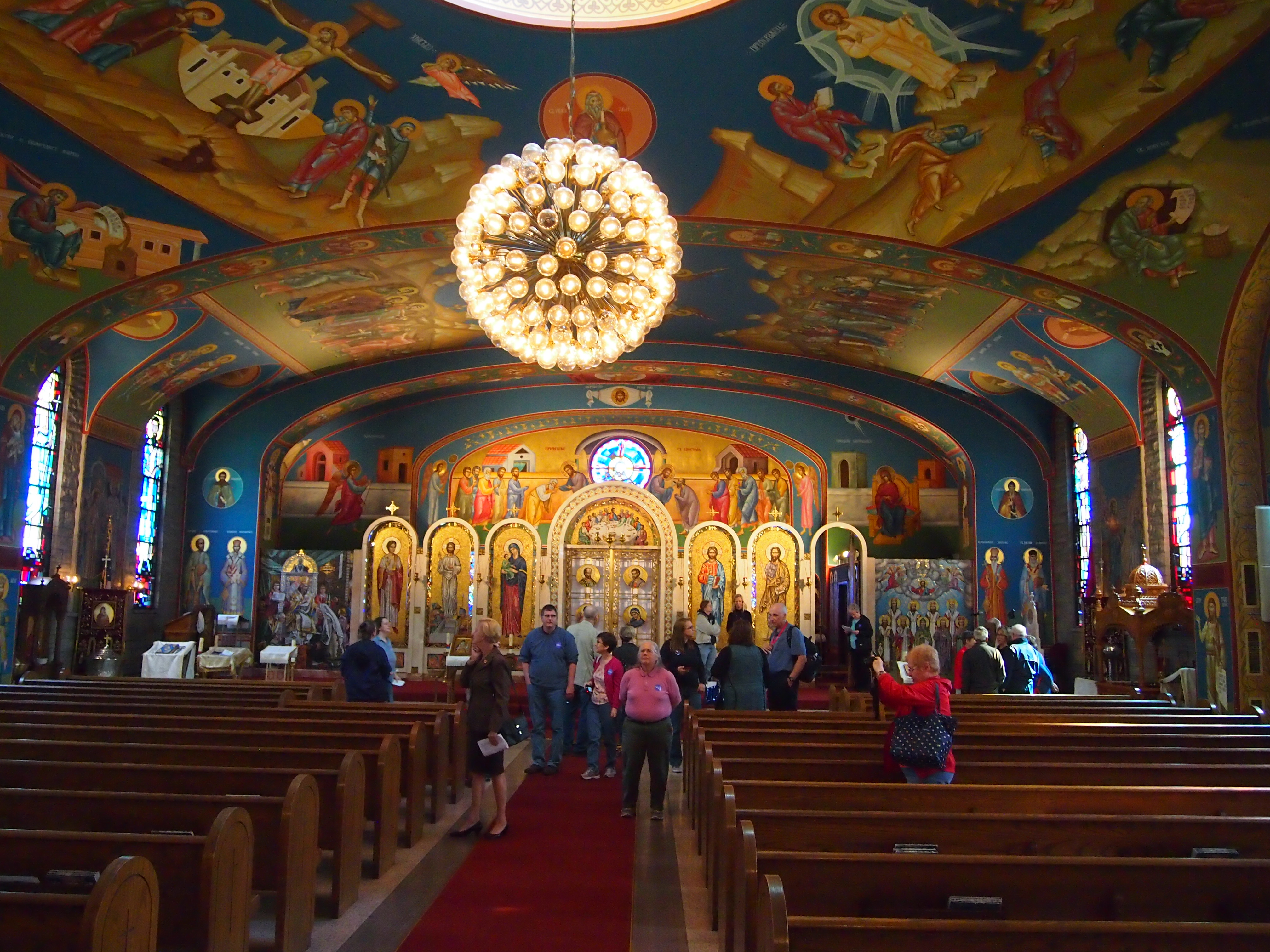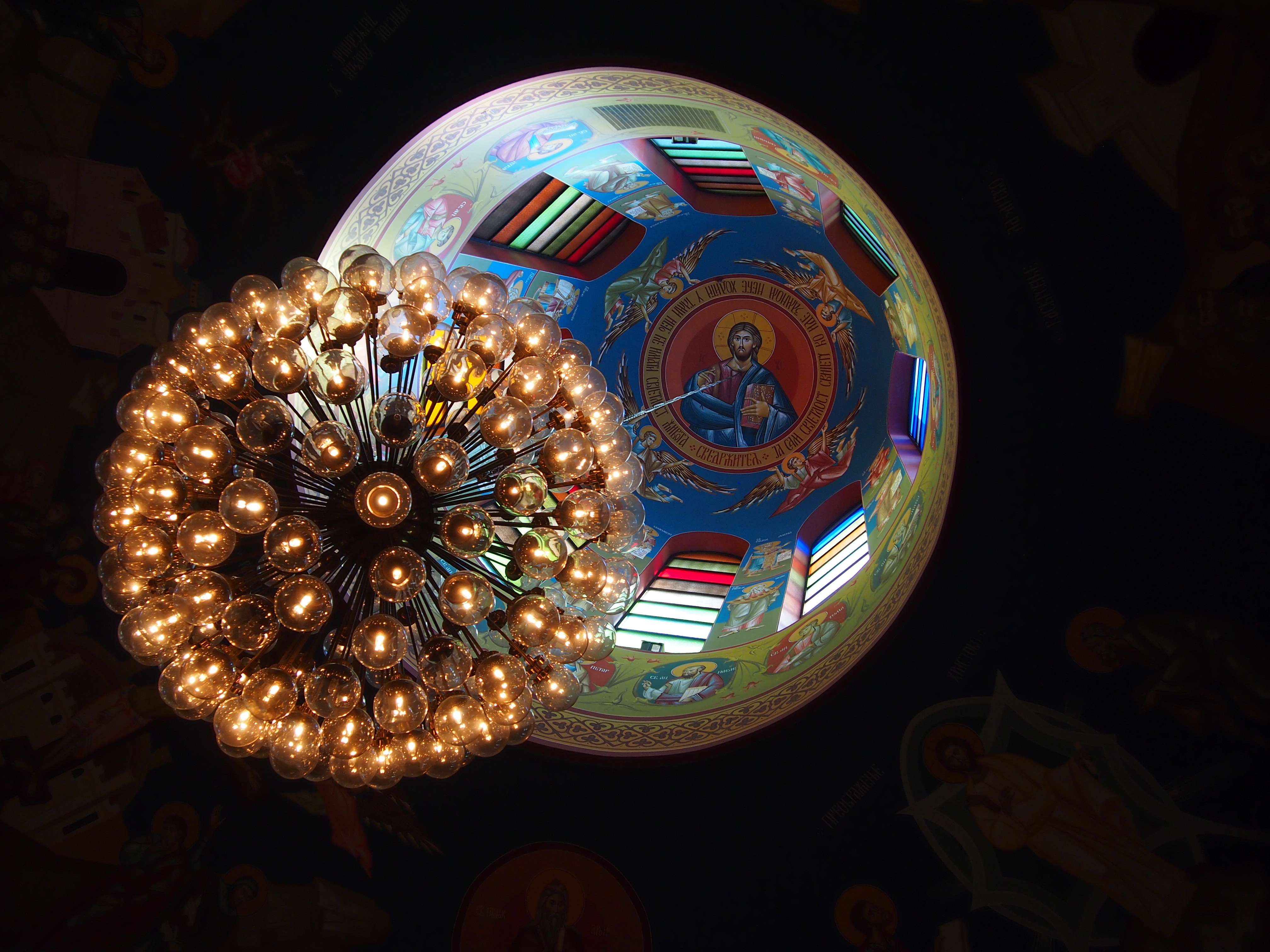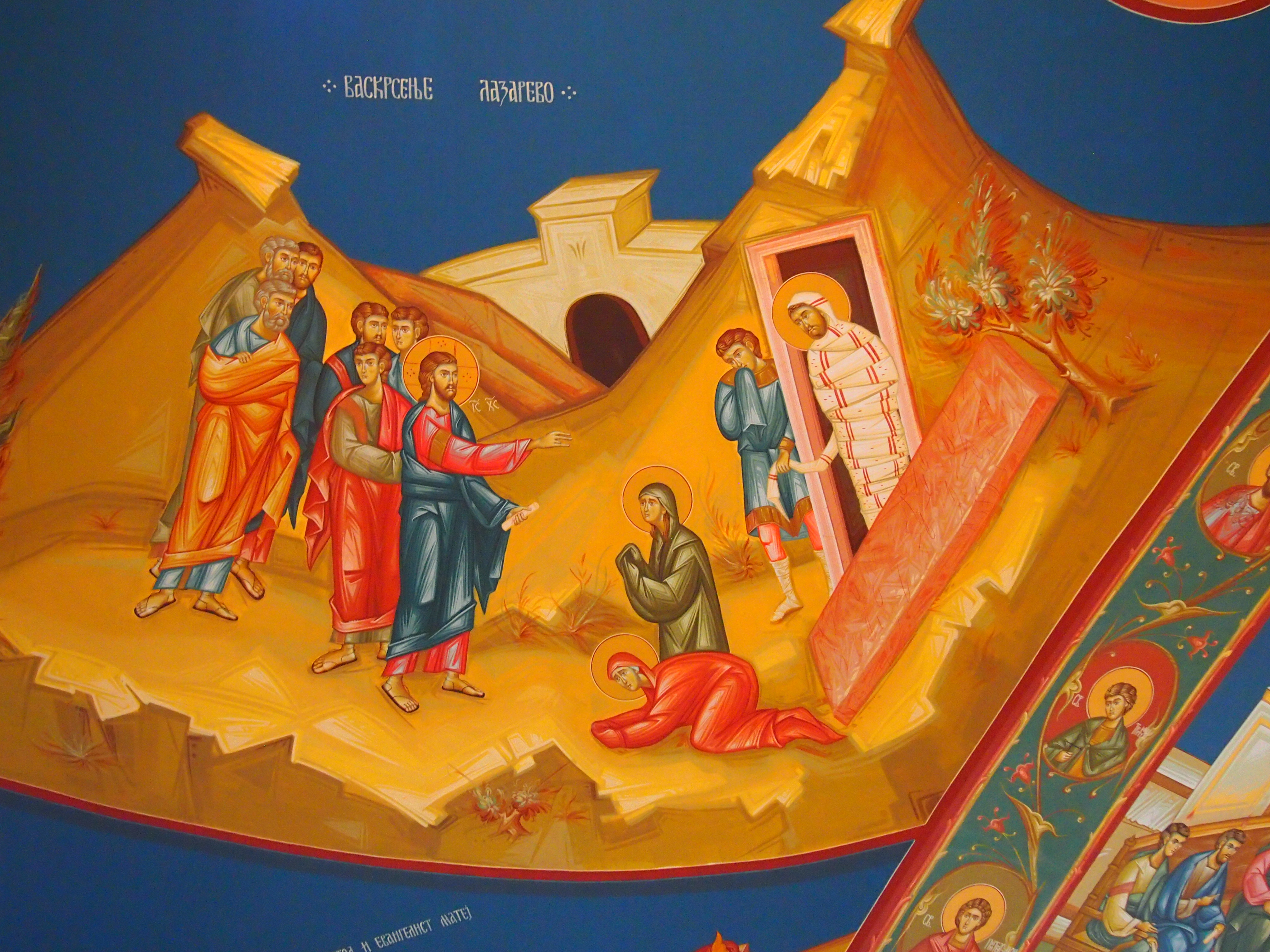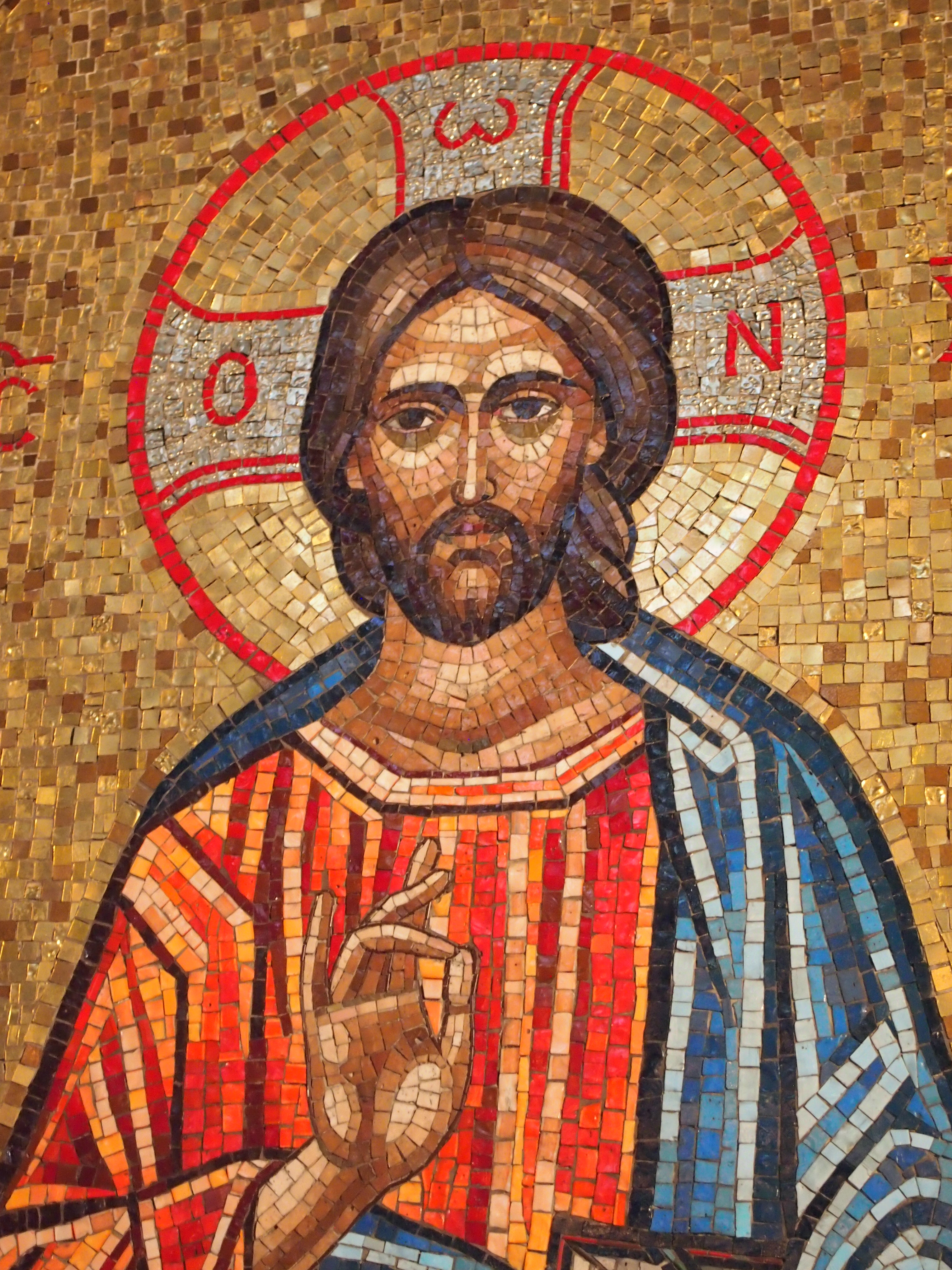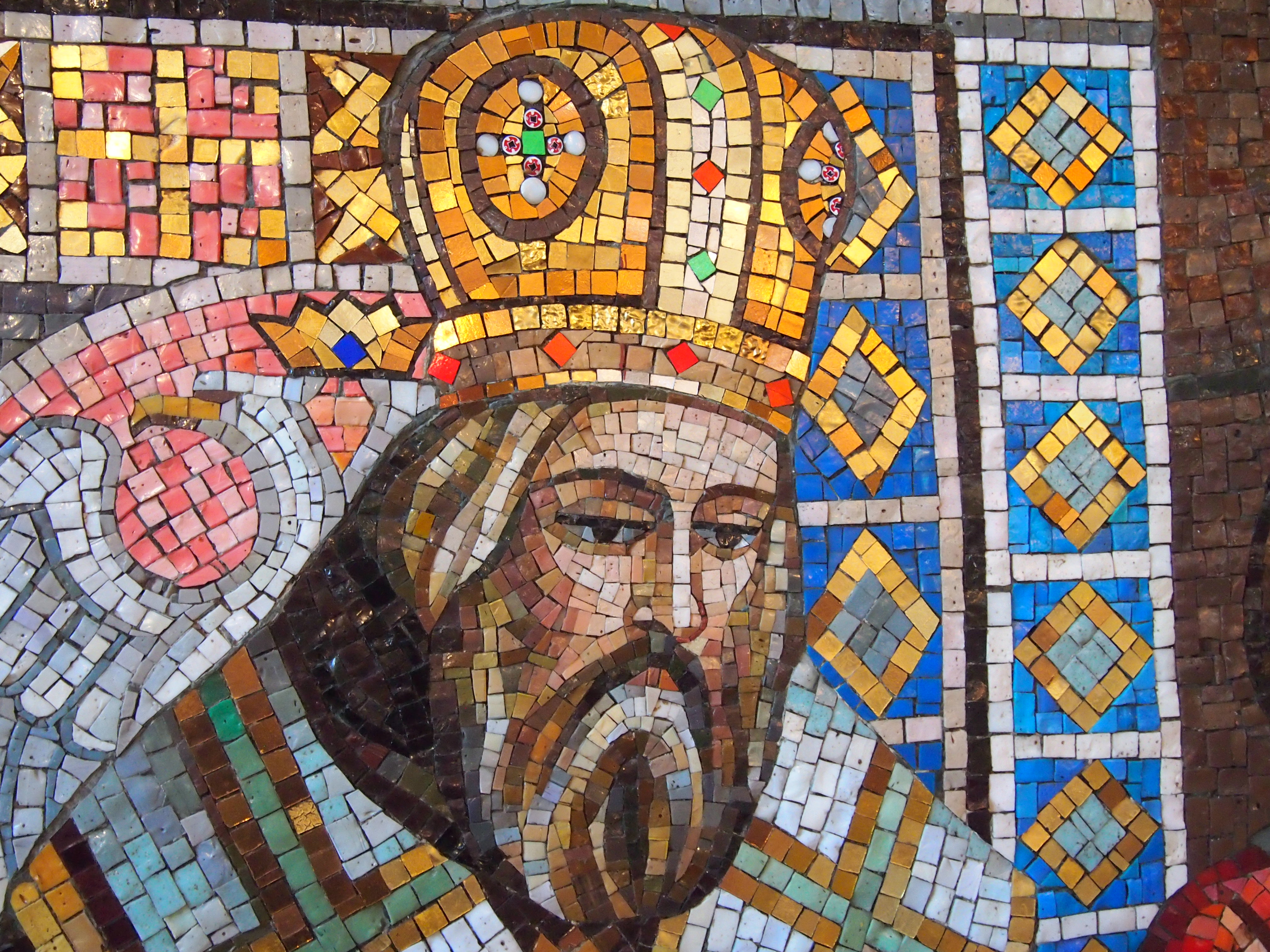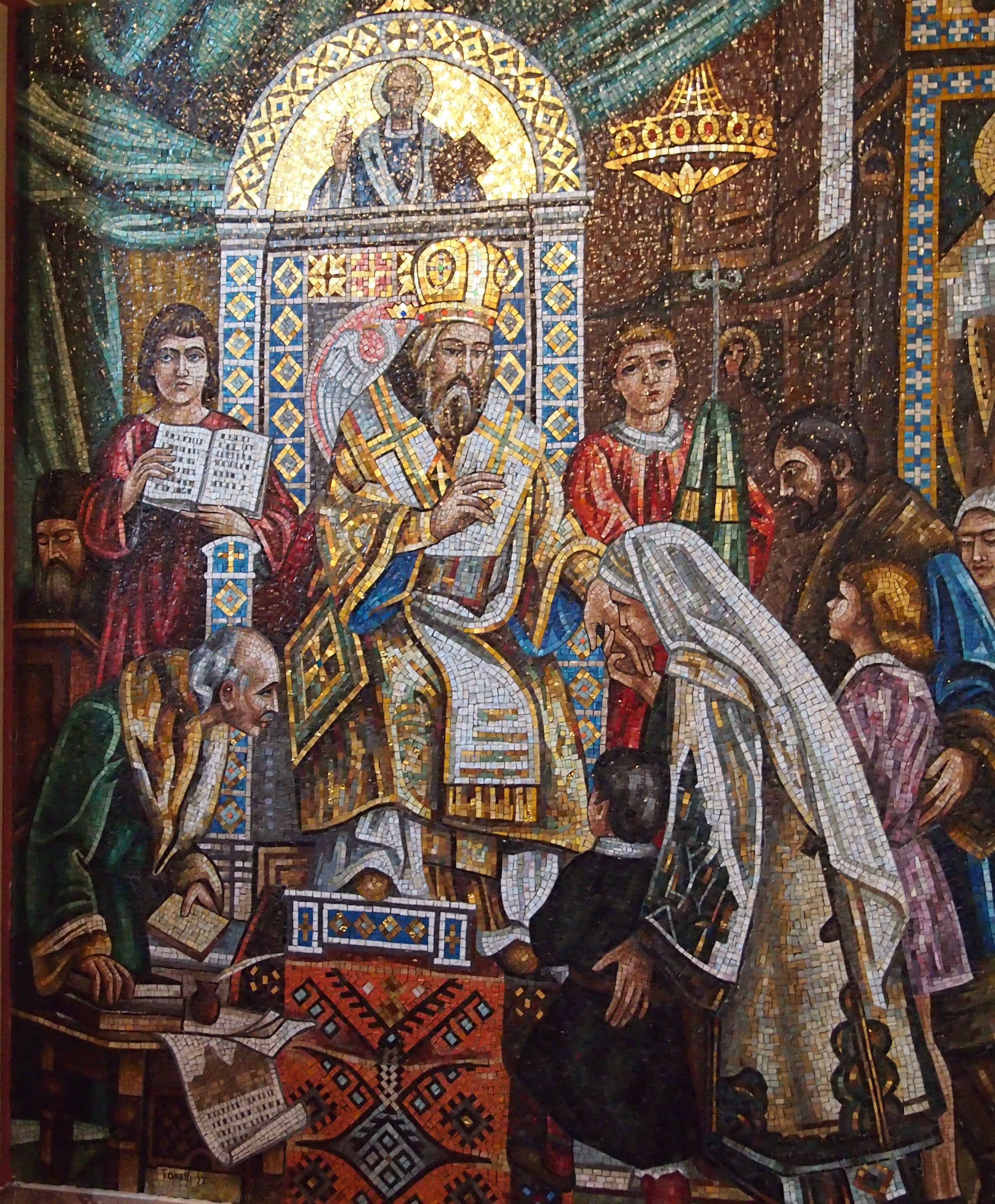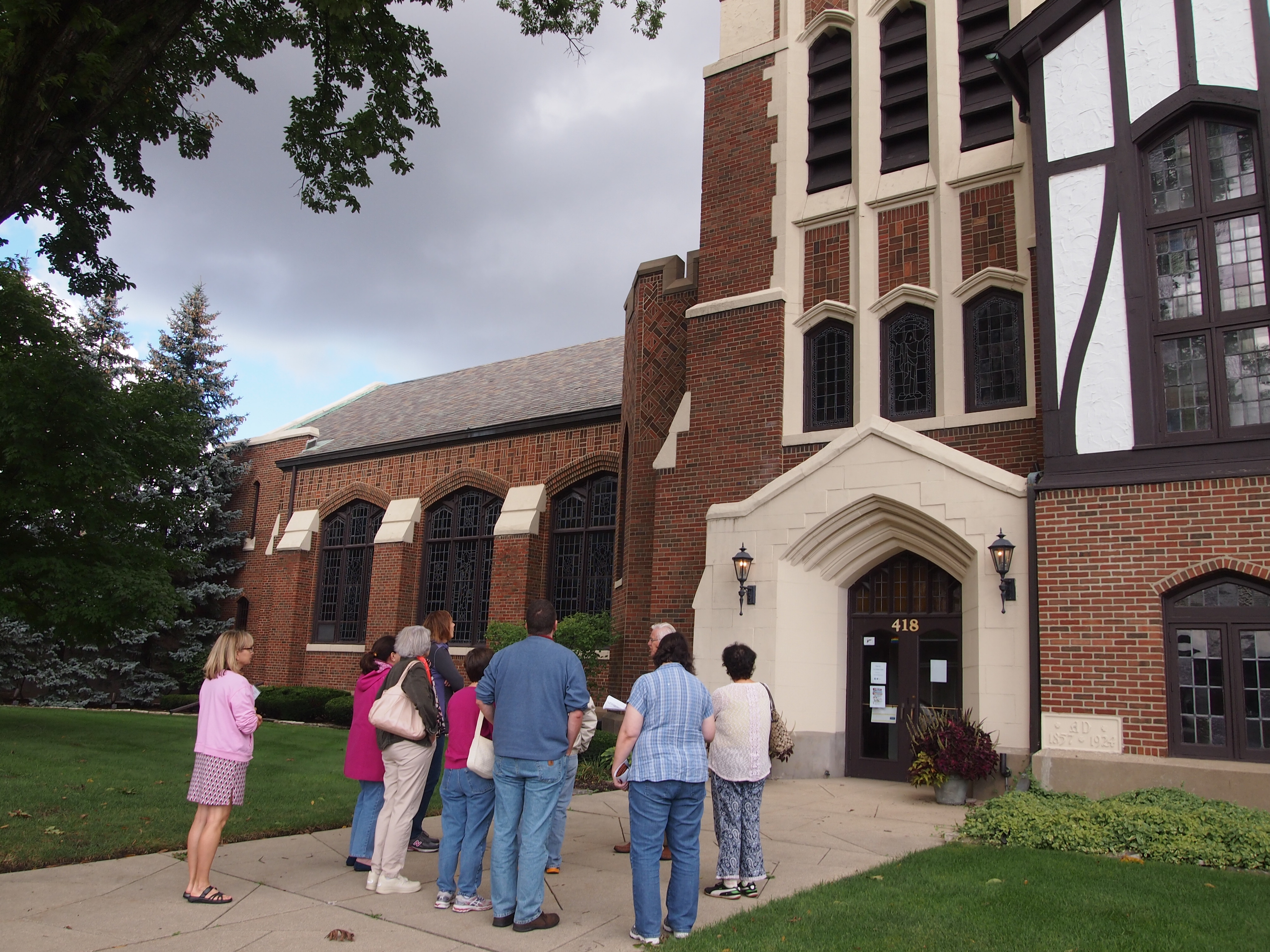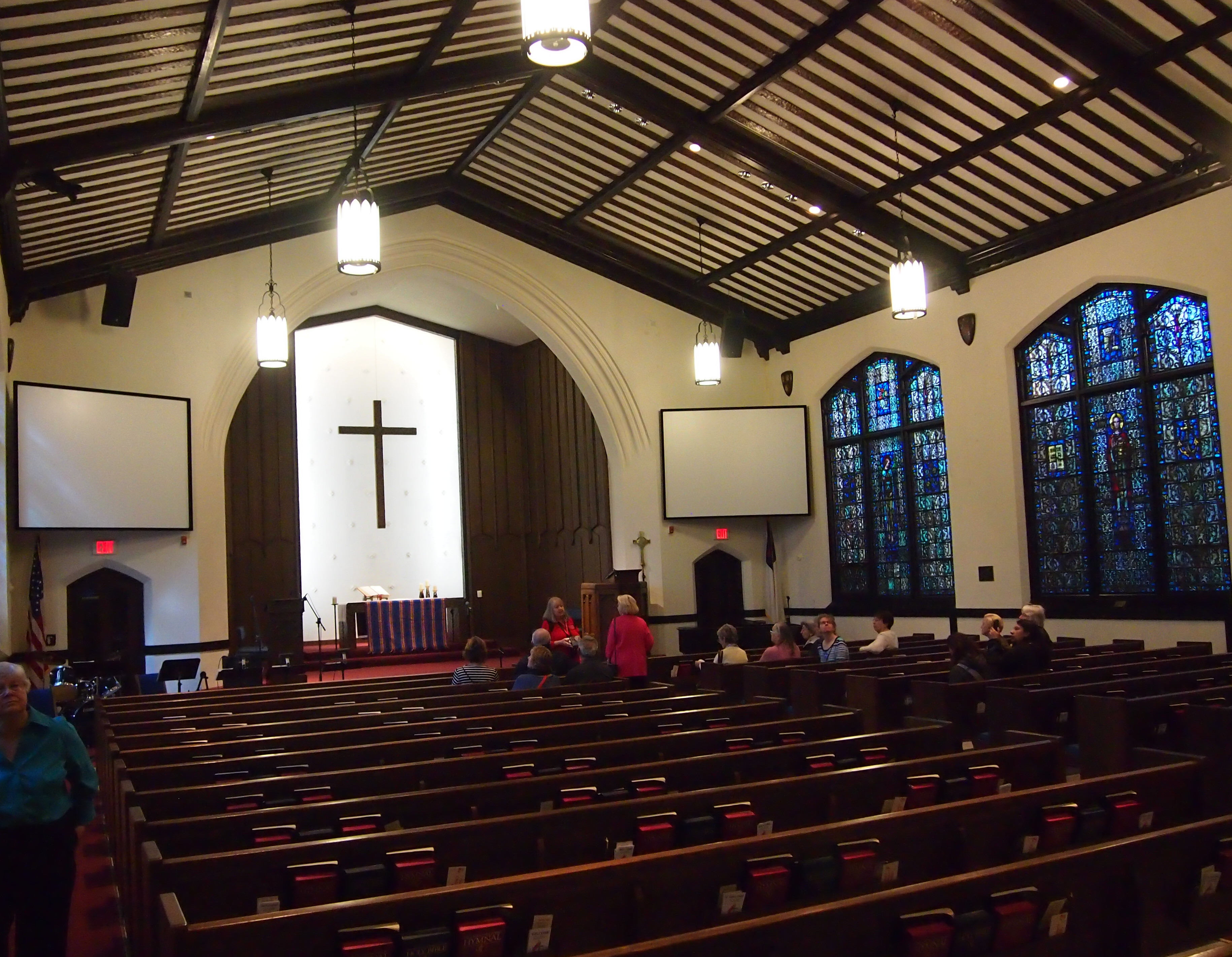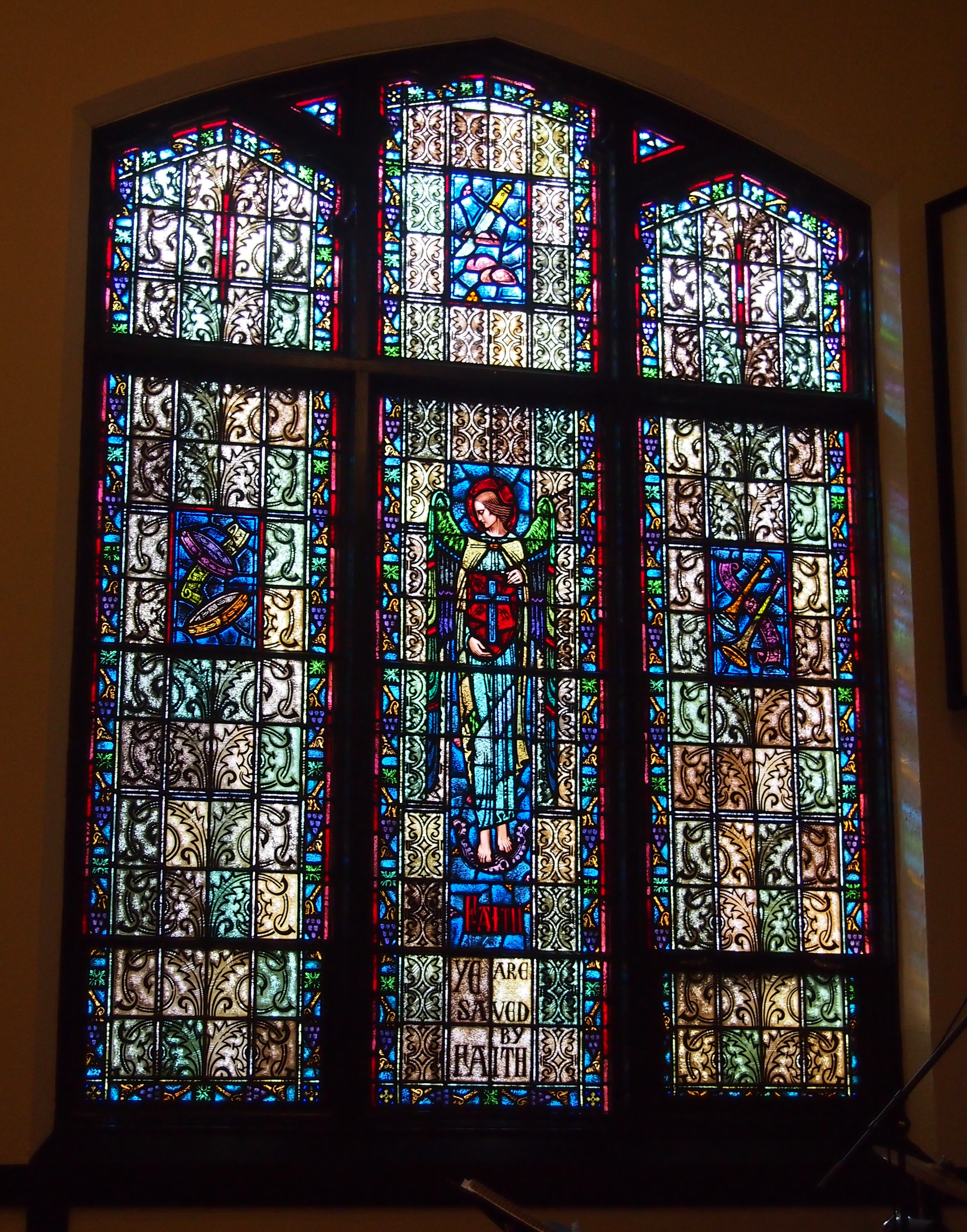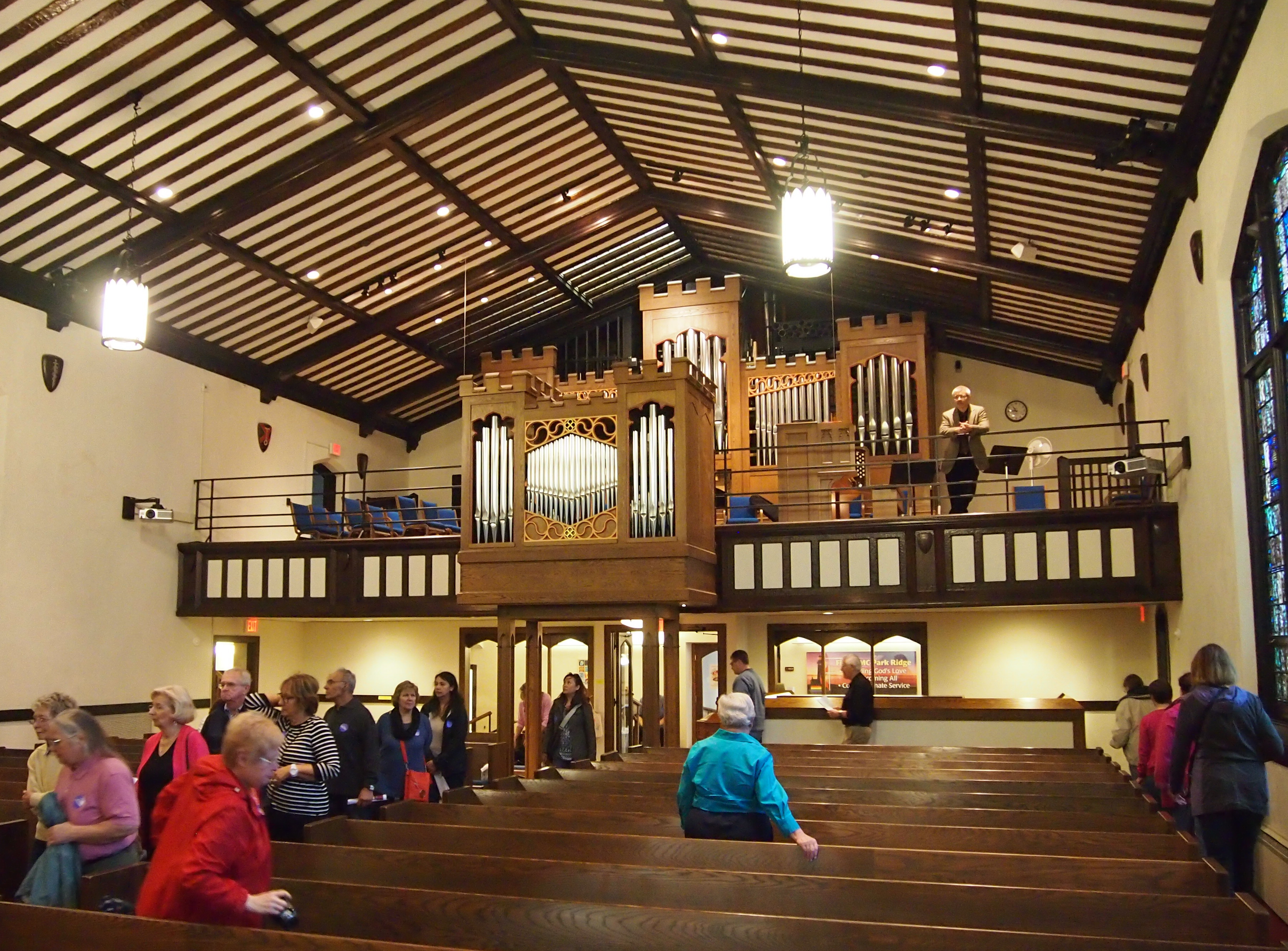Medecins Sans Frontiers wants money from me, and toward that end sent me a map of the world specially printed for them by Rand McNally. That’s a pretty good way to get my attention. It’s not quite as aesthetic as one by National Geographic or Nelles, but not bad. But you’d think that for an organization that has “without borders” in its name, national borders would be left off the map to make a point. Instead, the nations of the Earth are variously hued, as on any political map.
Fine print on the side of the map is at pains to say that the lines and colors on the map don’t mean that the organization takes a position one way or the other on any of them. It also specifically mentions Sudan and South Sudan — a “final boundary… has not been determined” — and that “a dispute exists between the Government of Argentina and the United Kingdom concerning sovereignty over the Falklands Islands (Malvinas).”
Mentioning Sudan and South Sudan, I understand, since I’m pretty sure the organization is active there. But the Falklands? Why a note about that and not, say, the West Bank or the Western Sahara or the Spratlys or just about anywhere else that’s disputed? Such spots are just about everywhere, though this map doesn’t show that some disputes are more intense than others.
Also: the map is a Gall stereographic projection. Looks like Rand McNally doesn’t mention Peters, and from what I can tell, this one doesn’t look as weirdly distorted as either Mercator or the maps I’ve seen called Peters projections. Speaking of which — here’s xkcd on maps.
